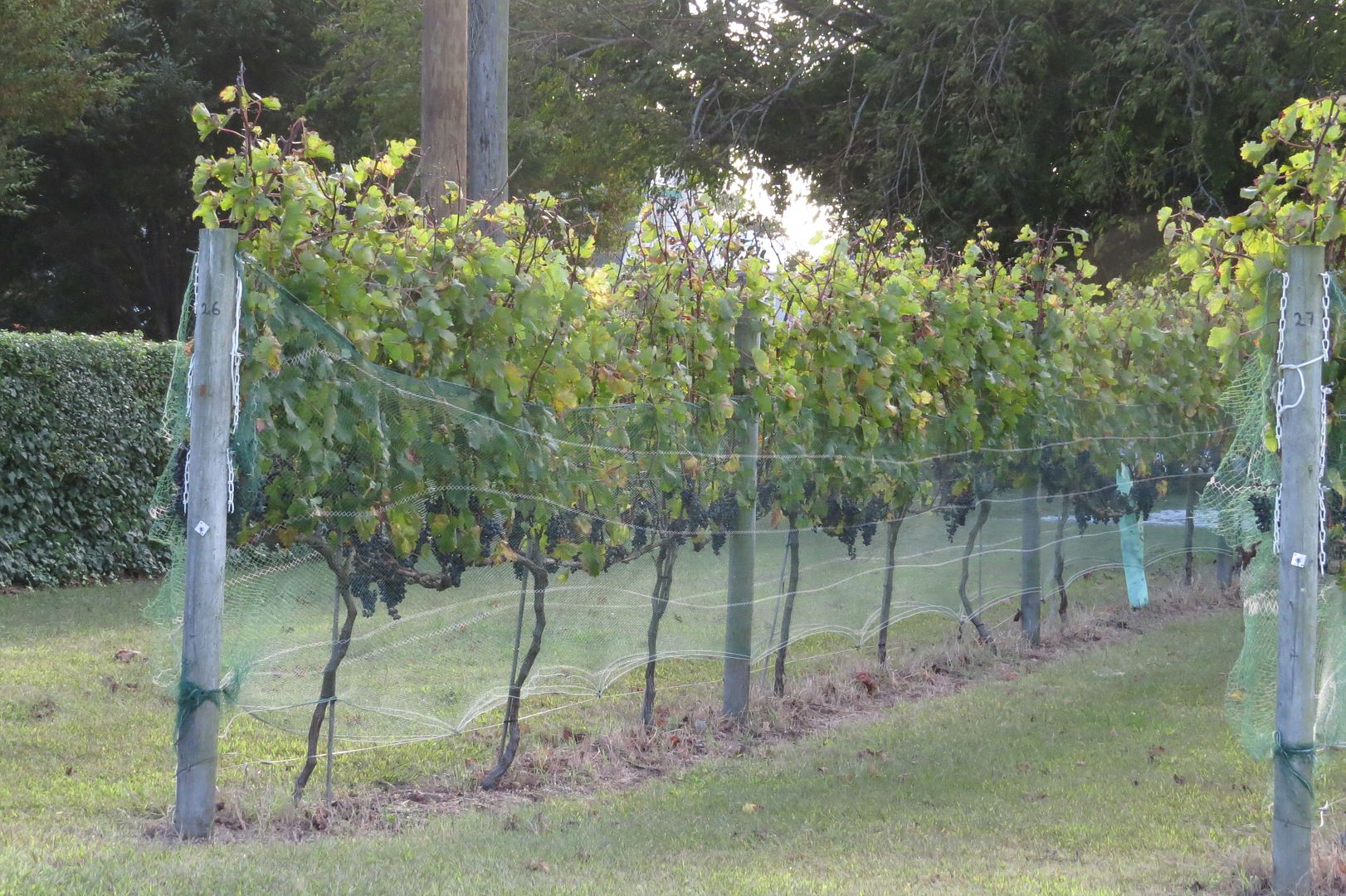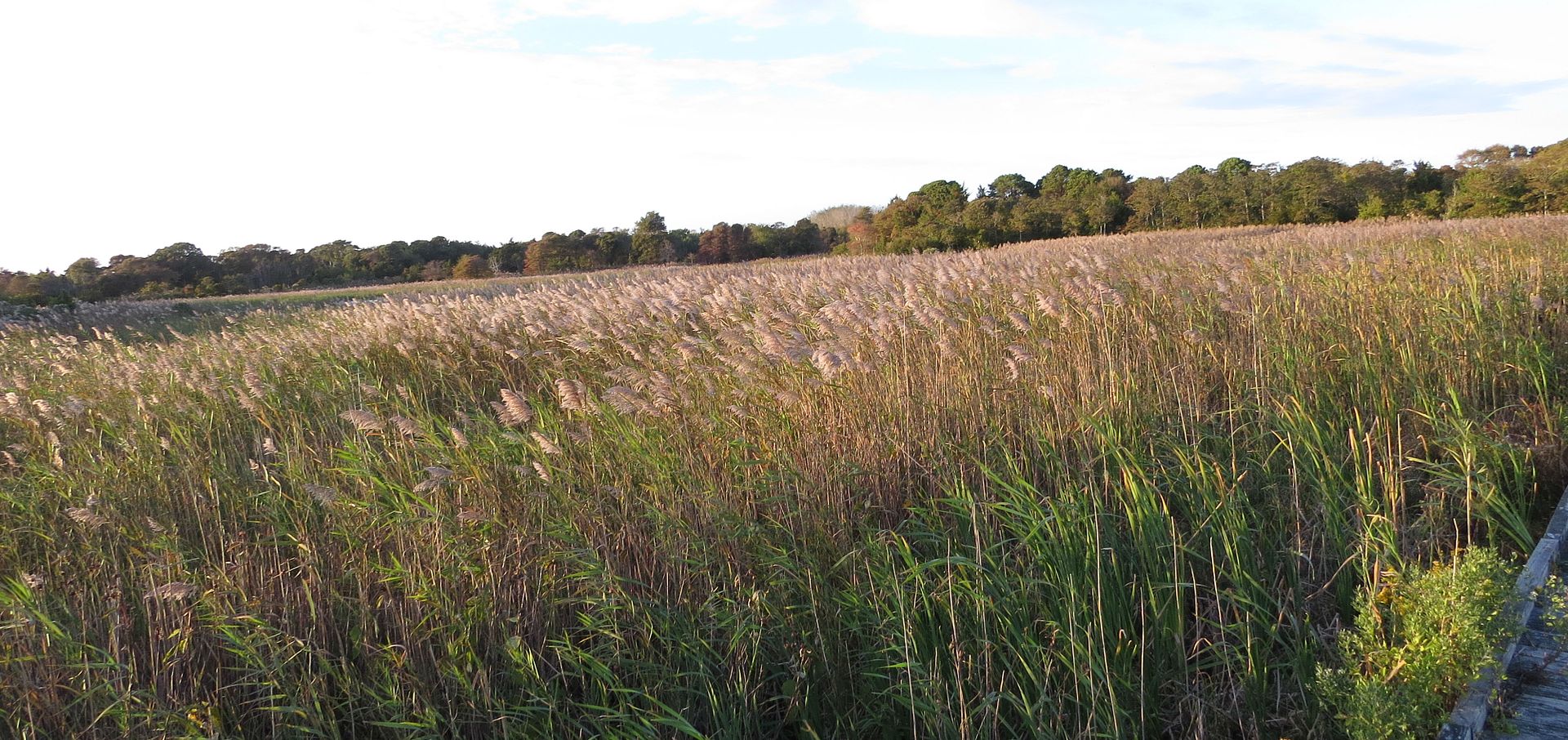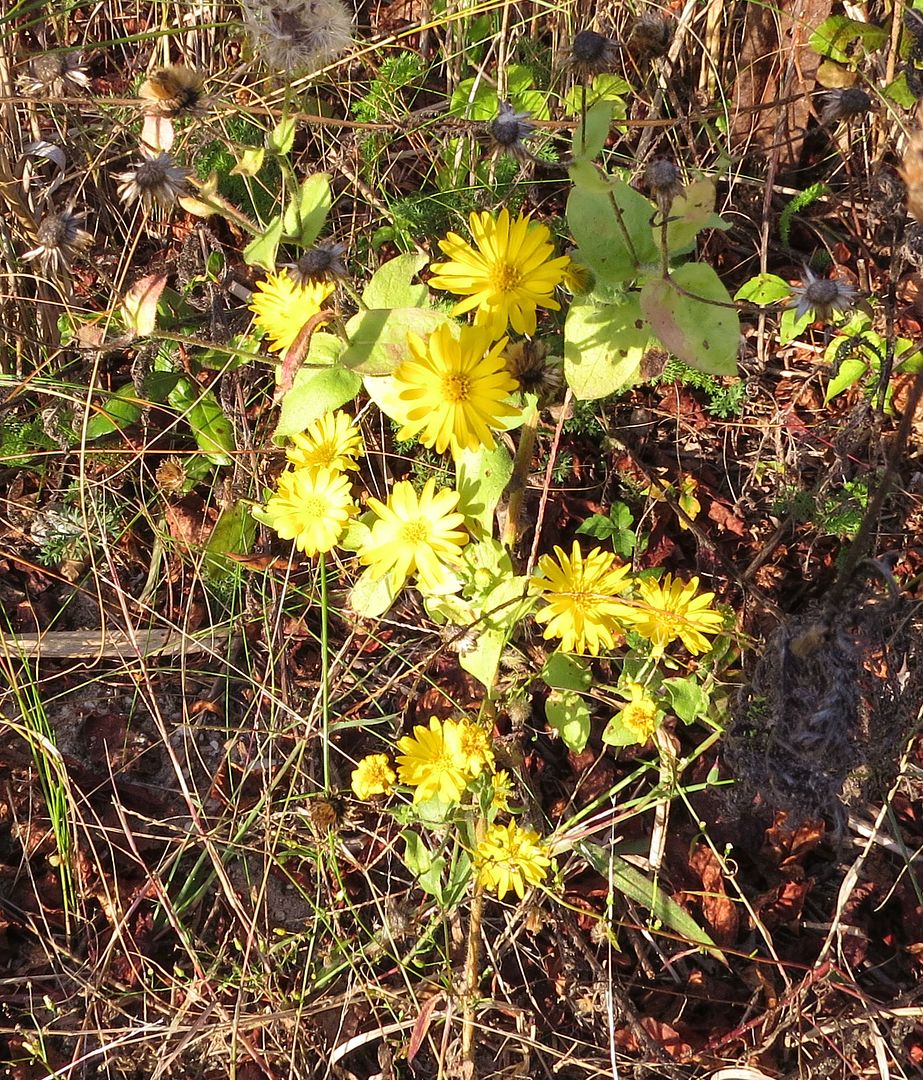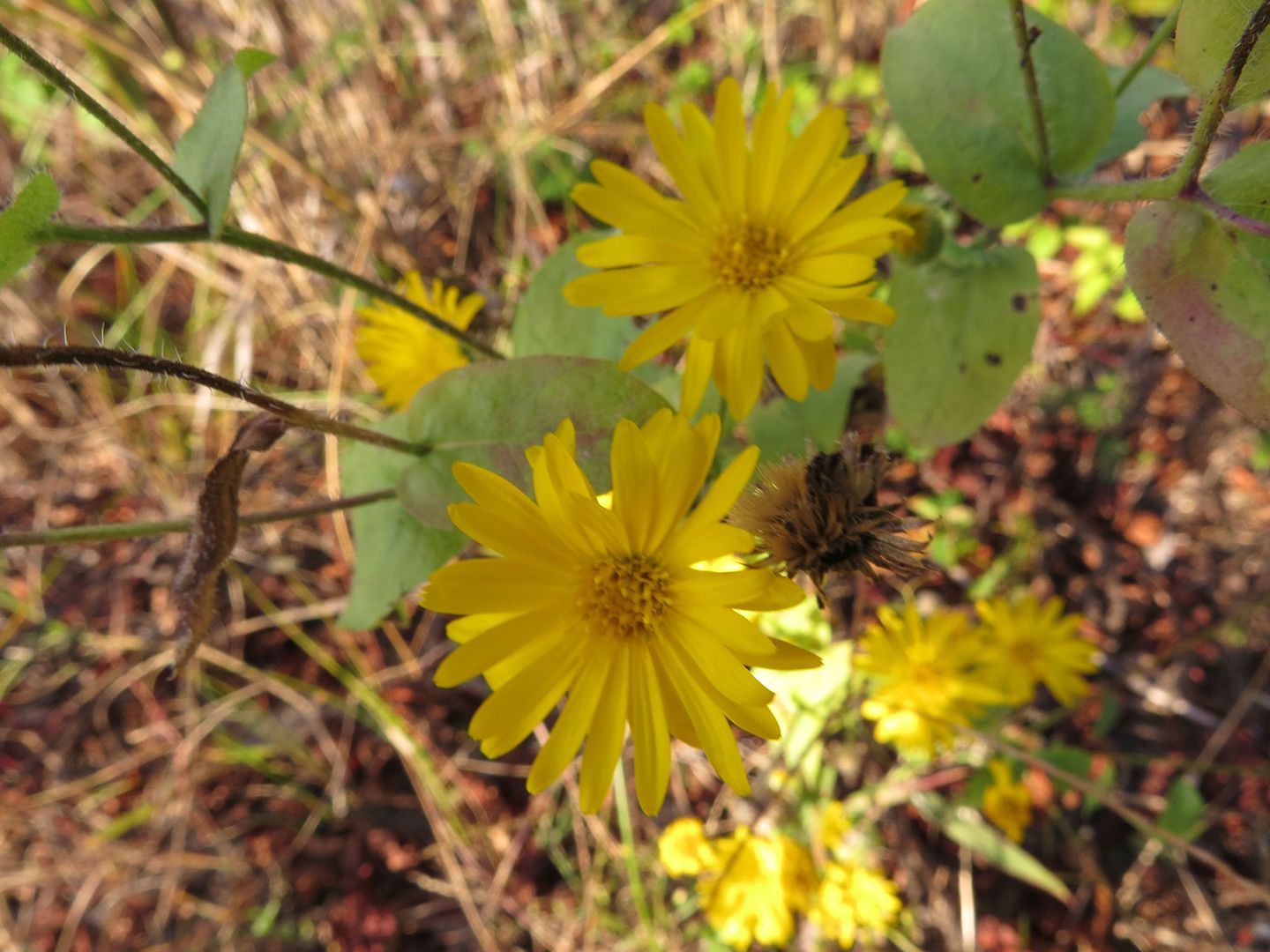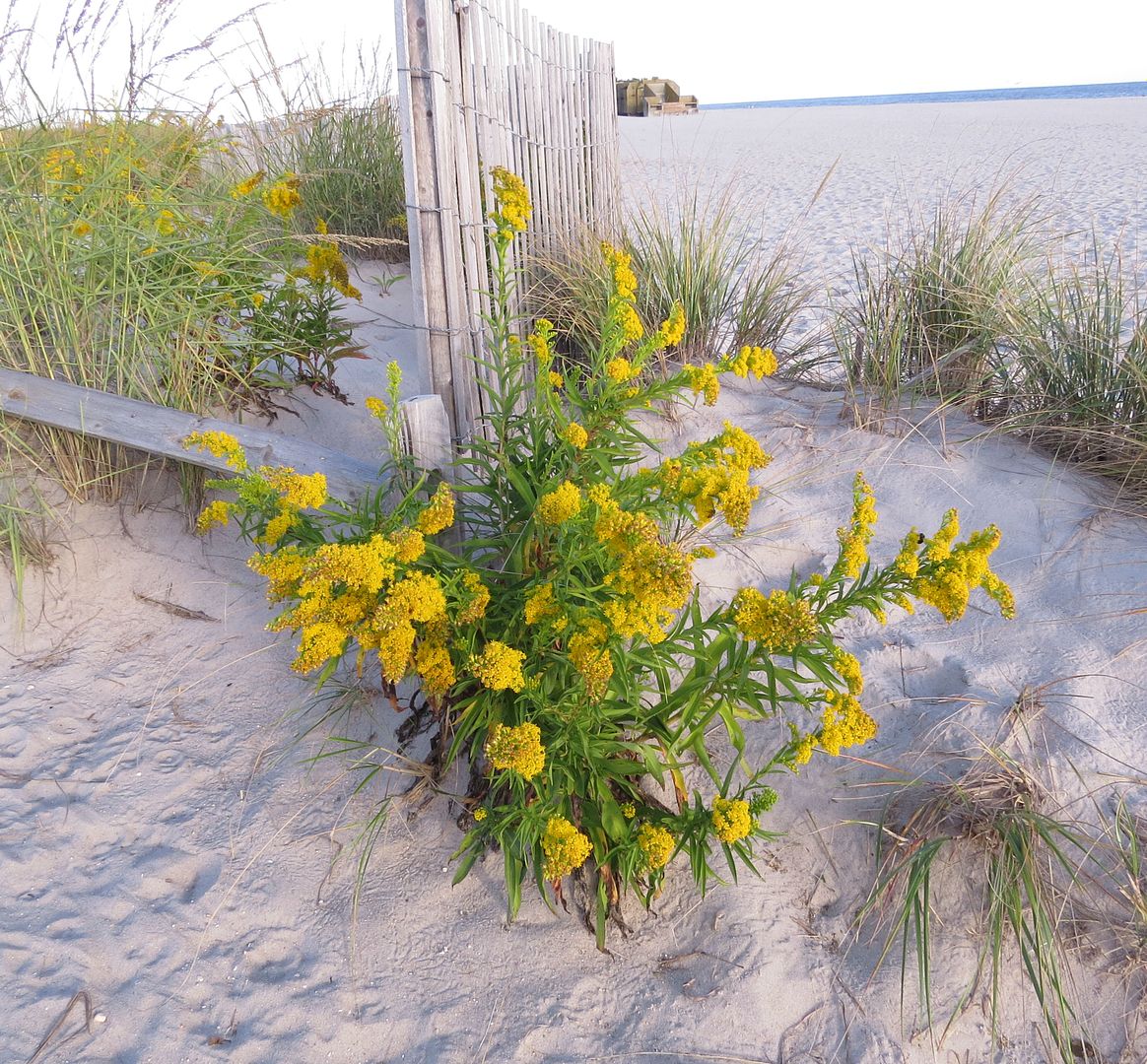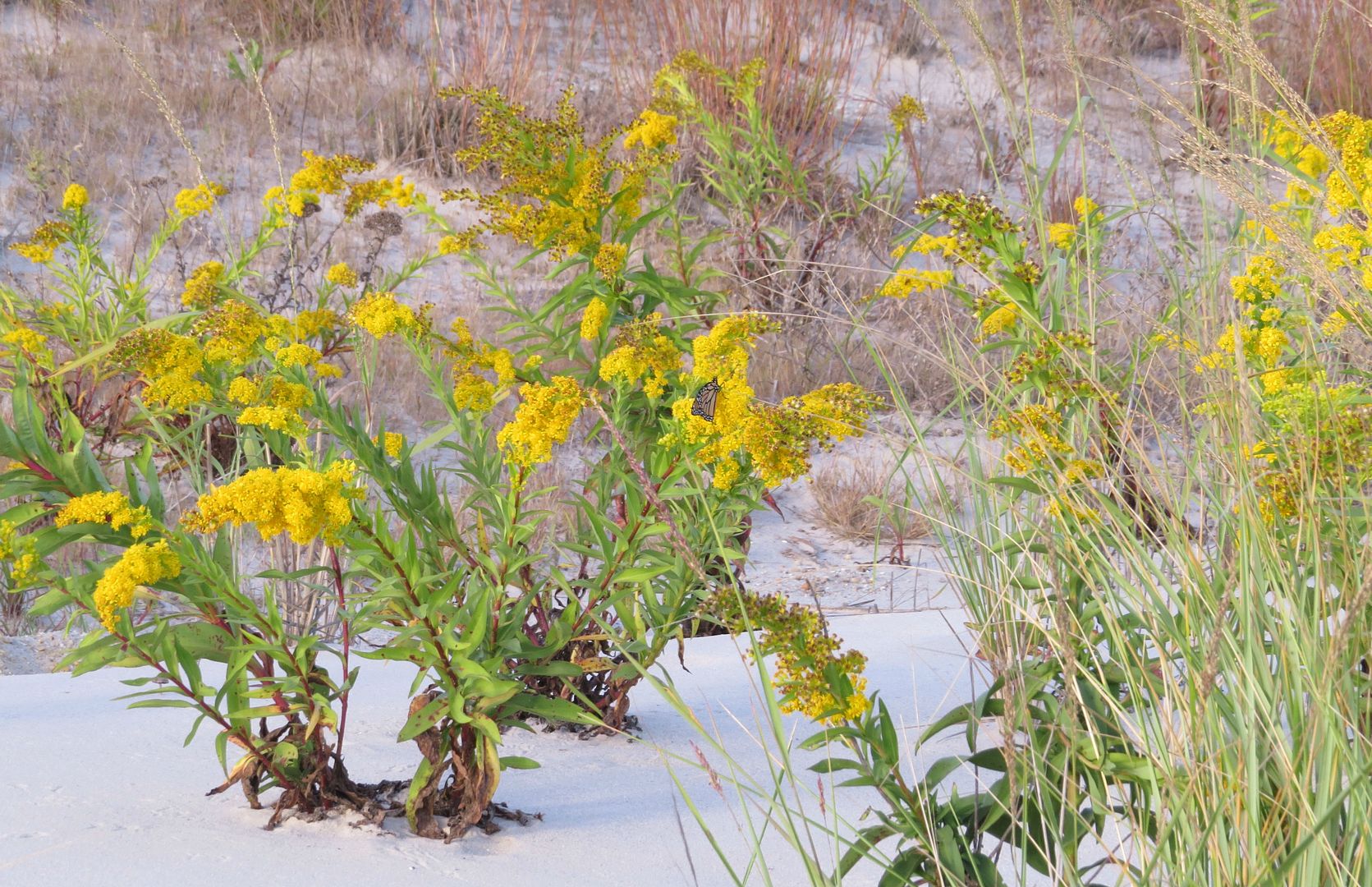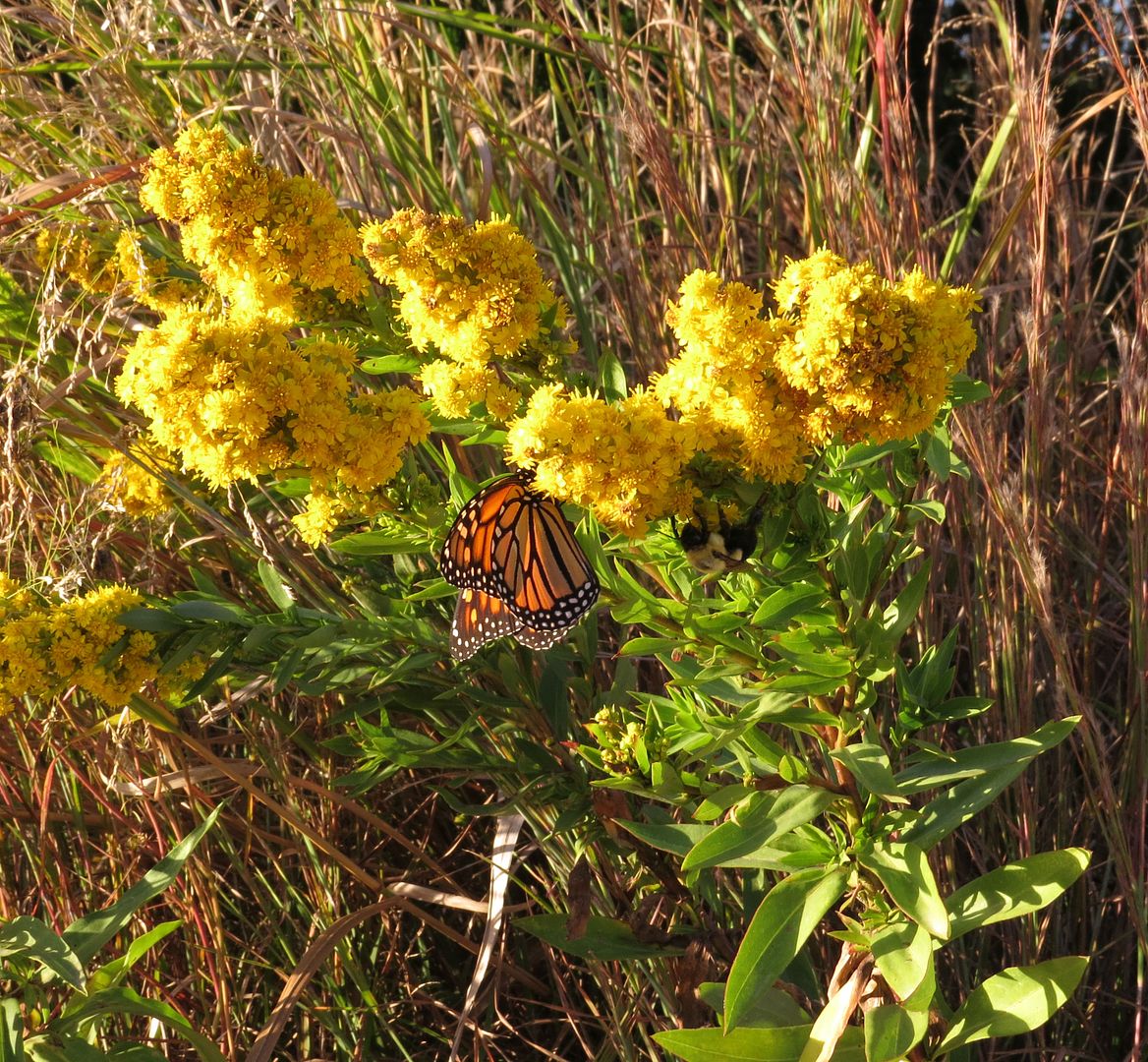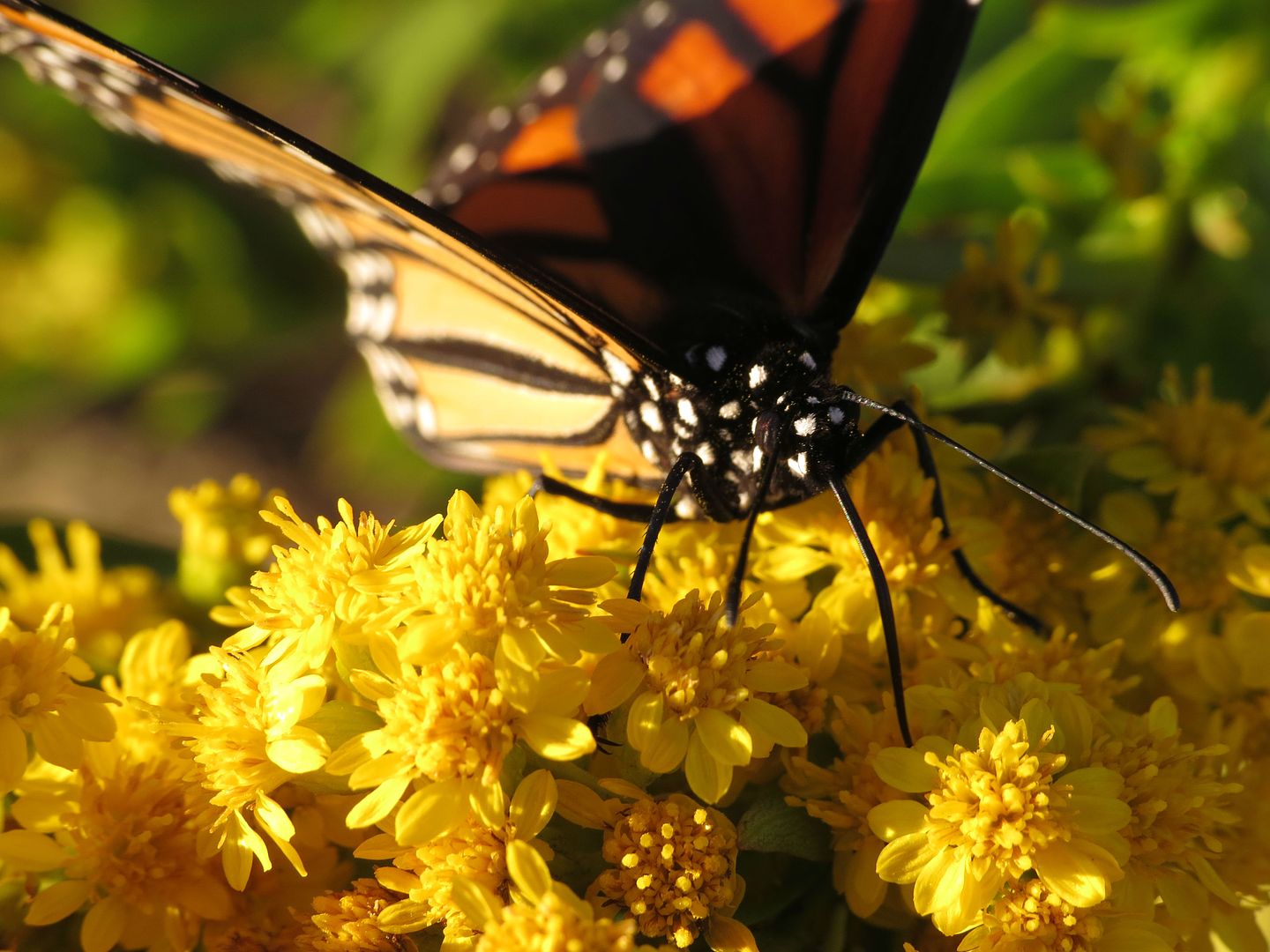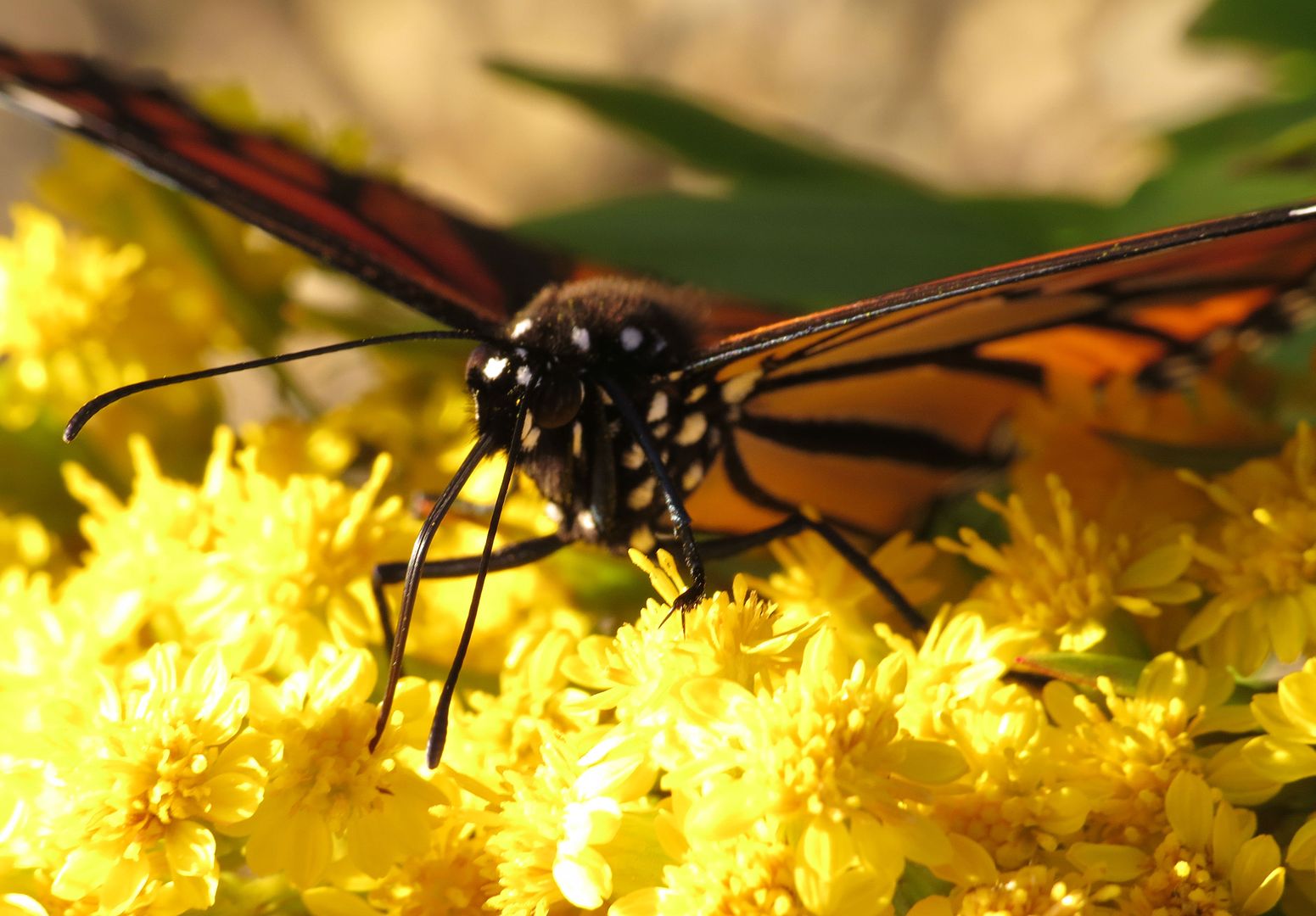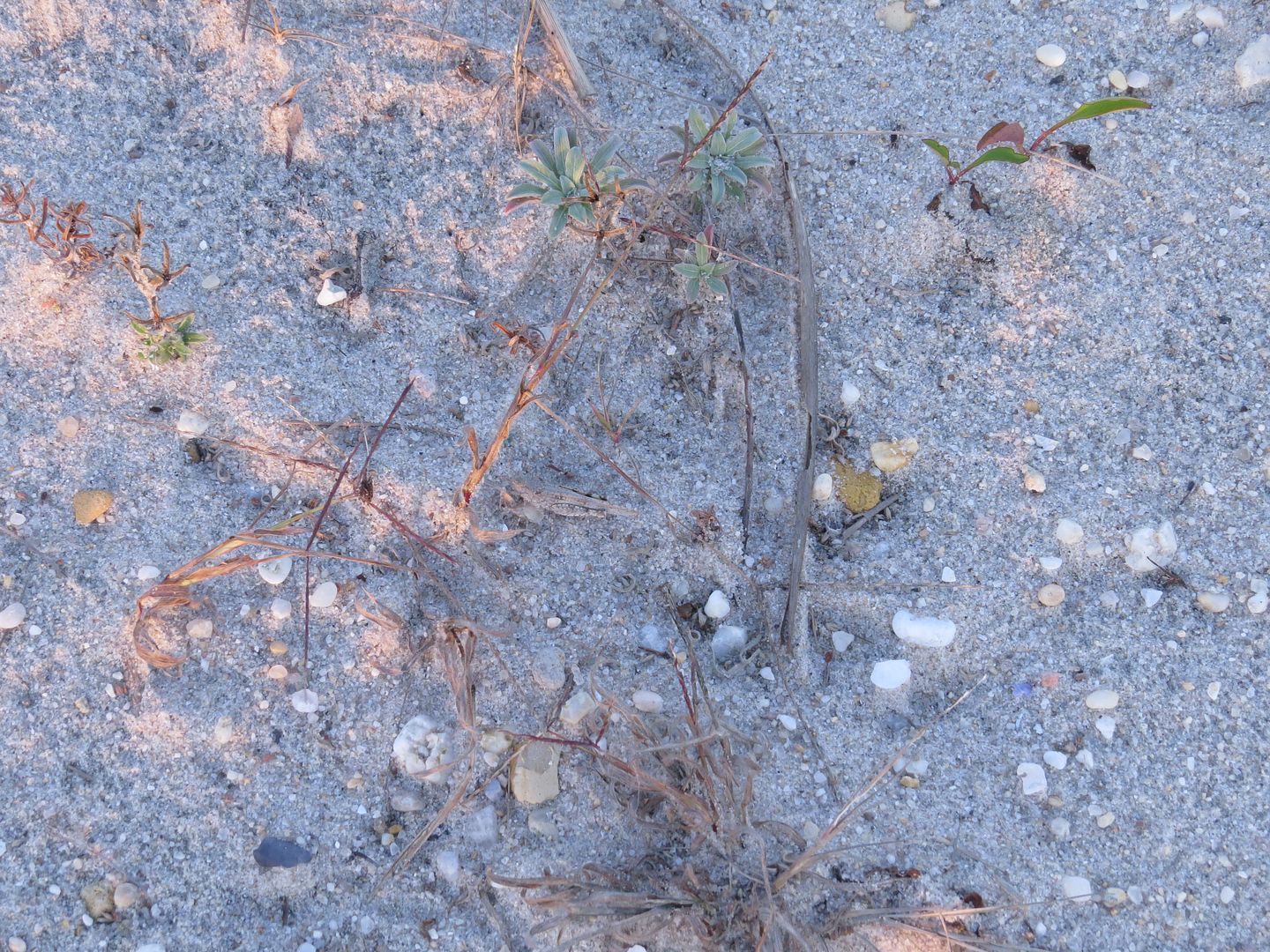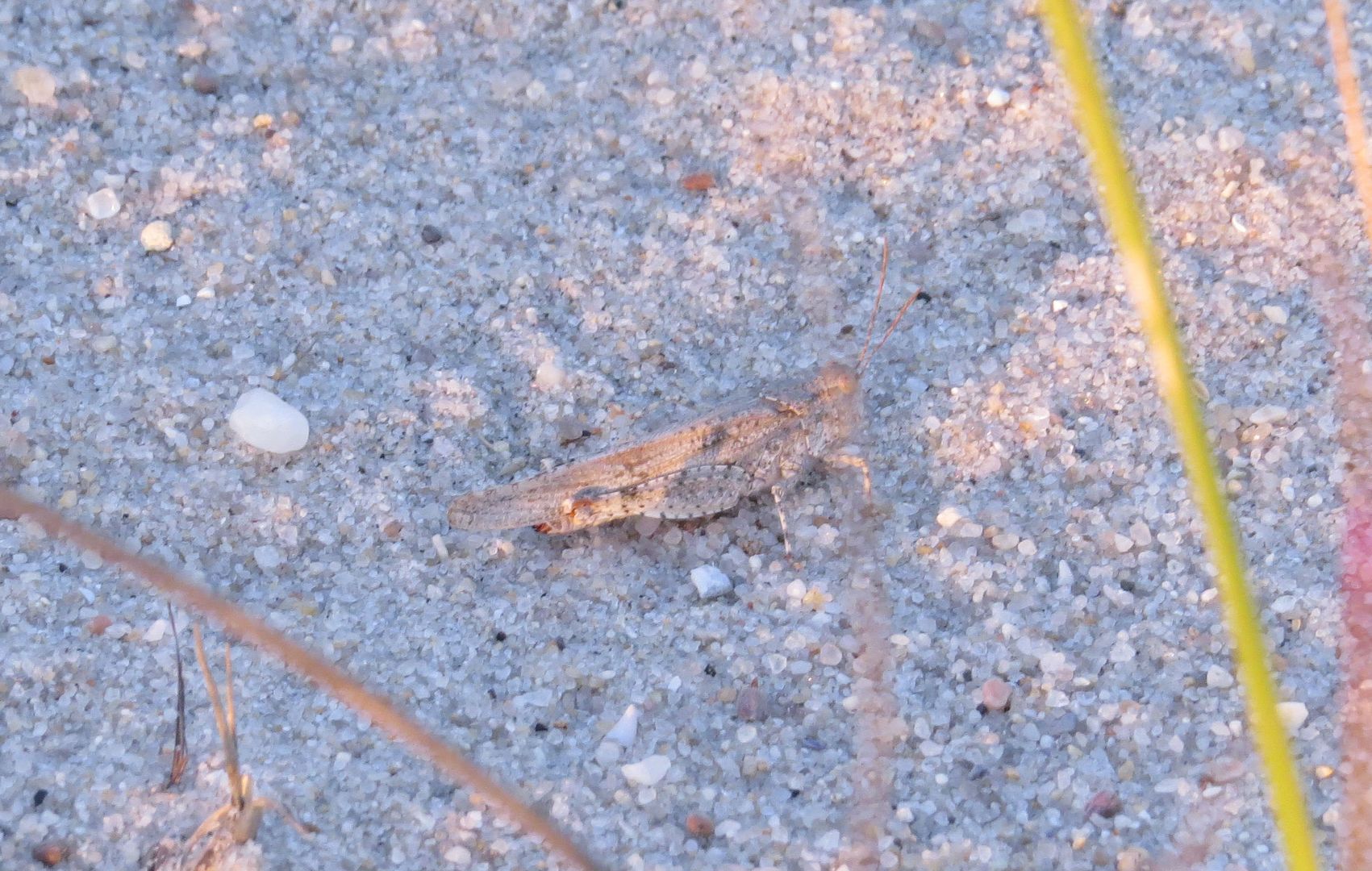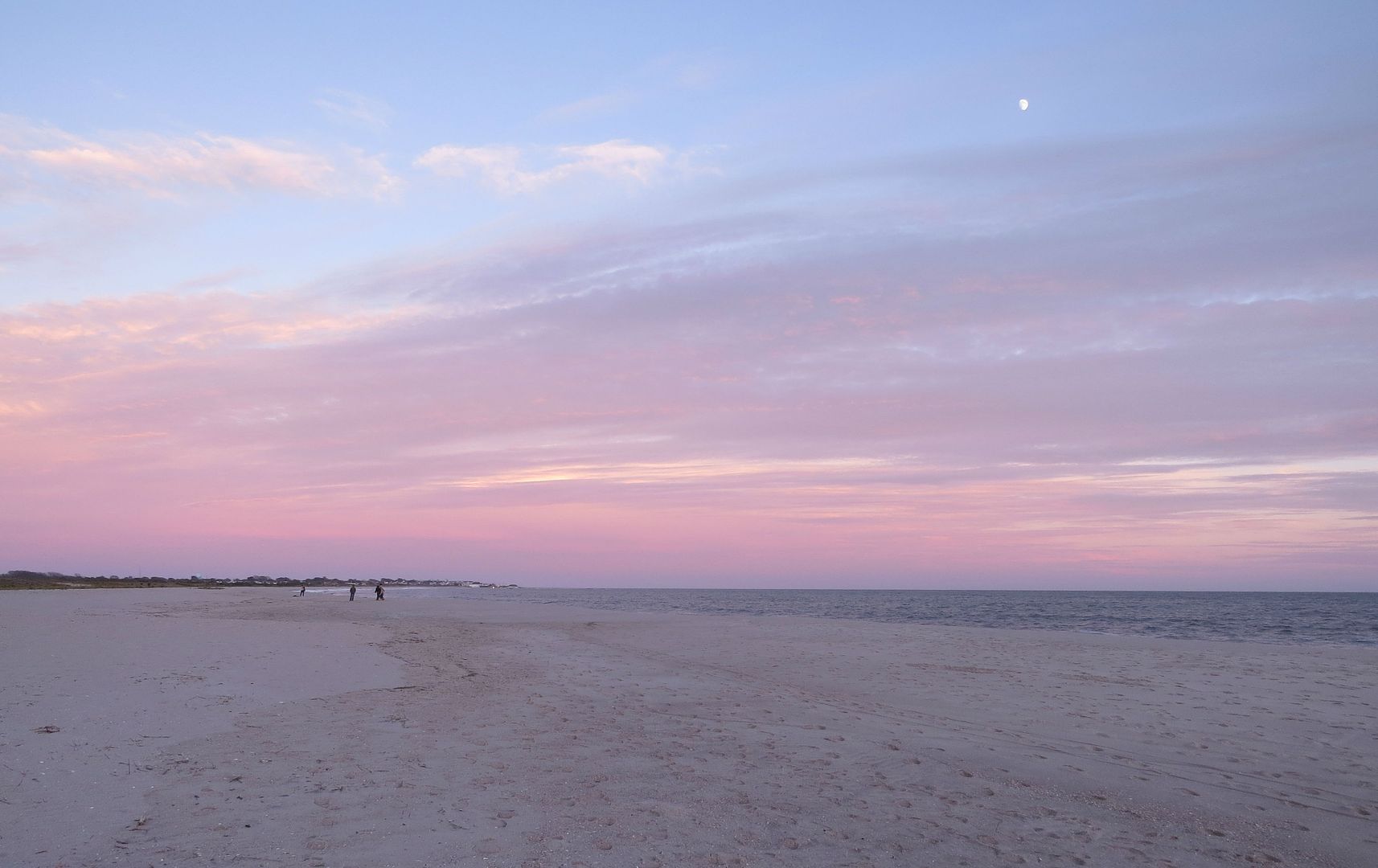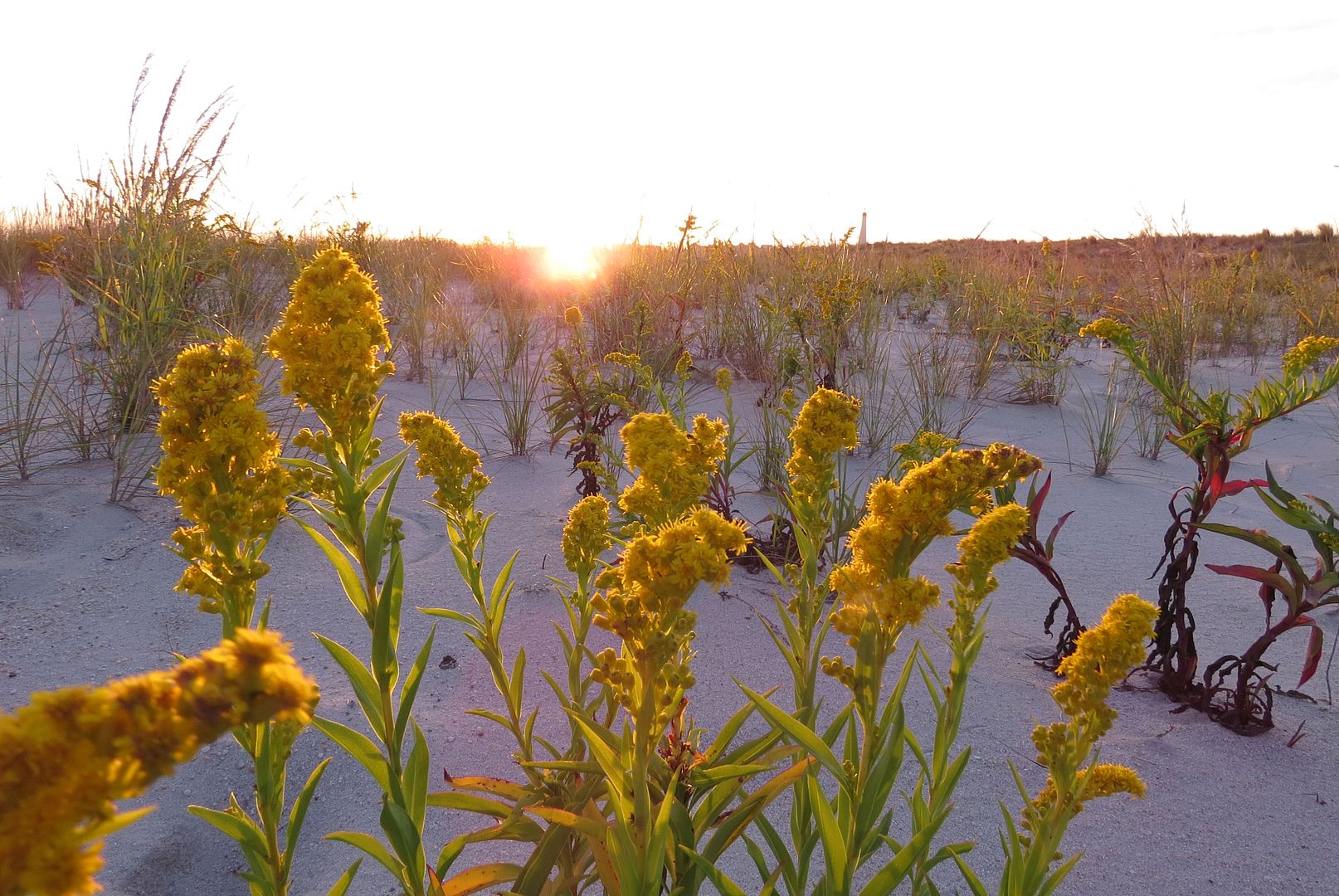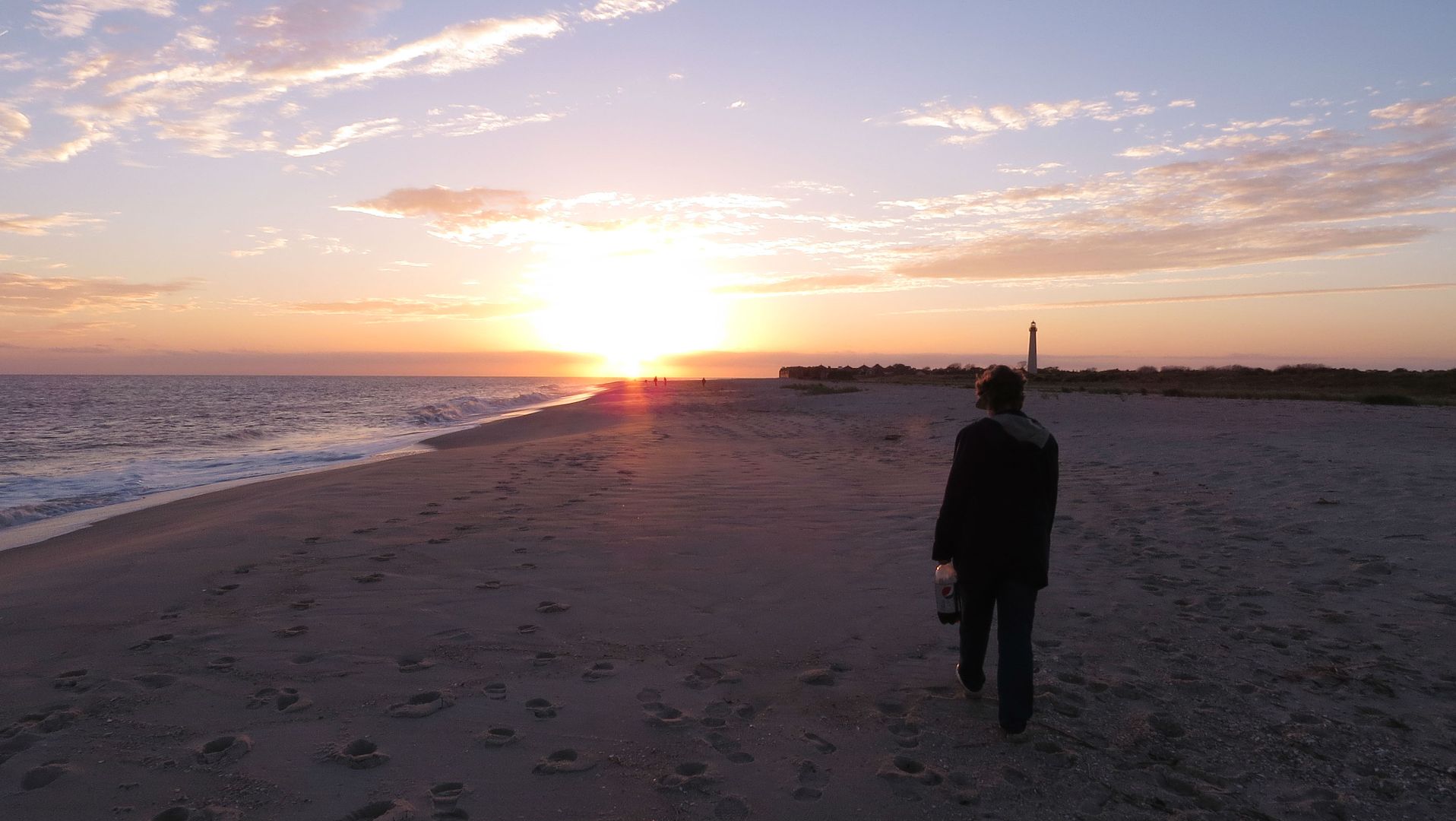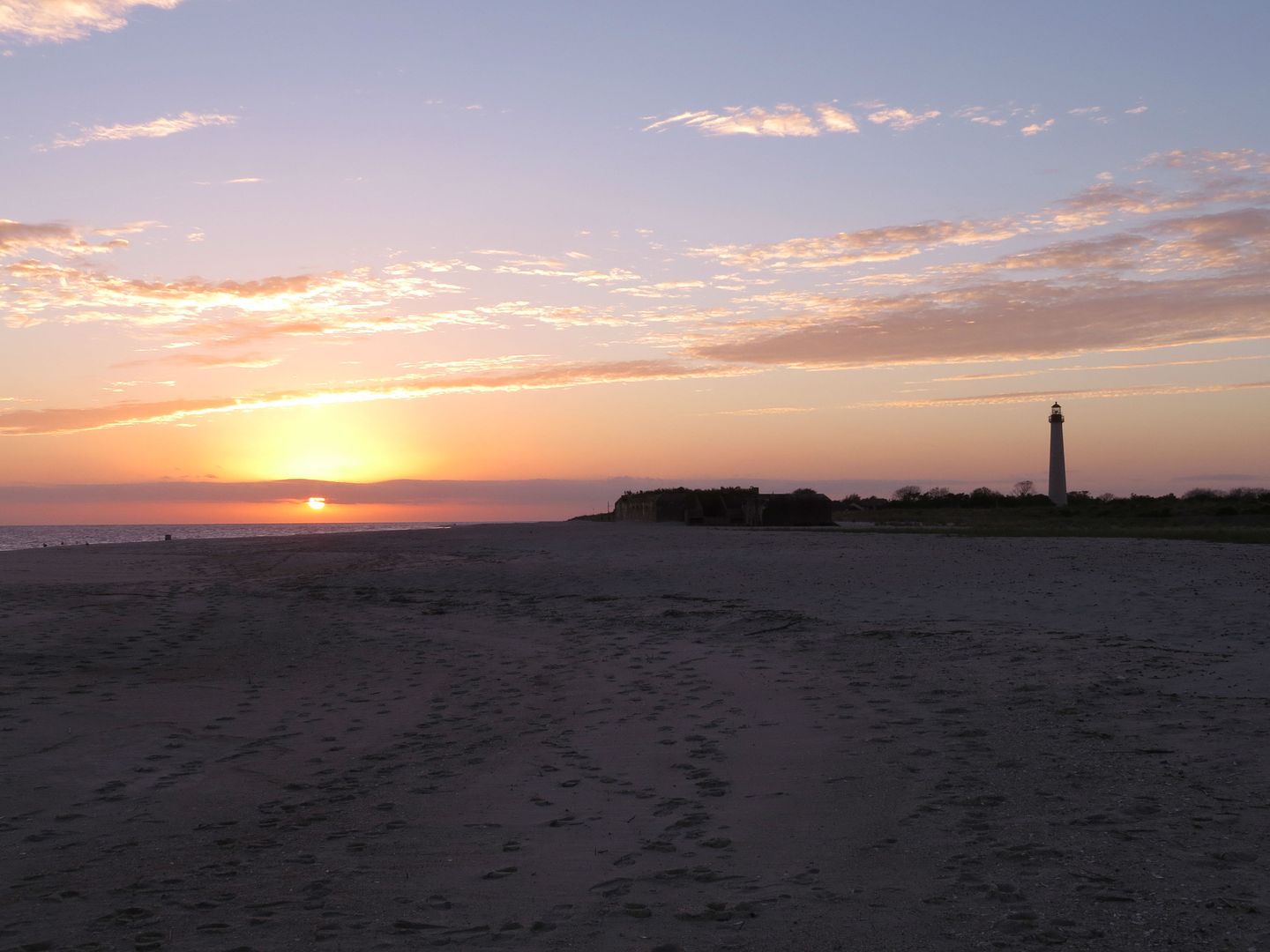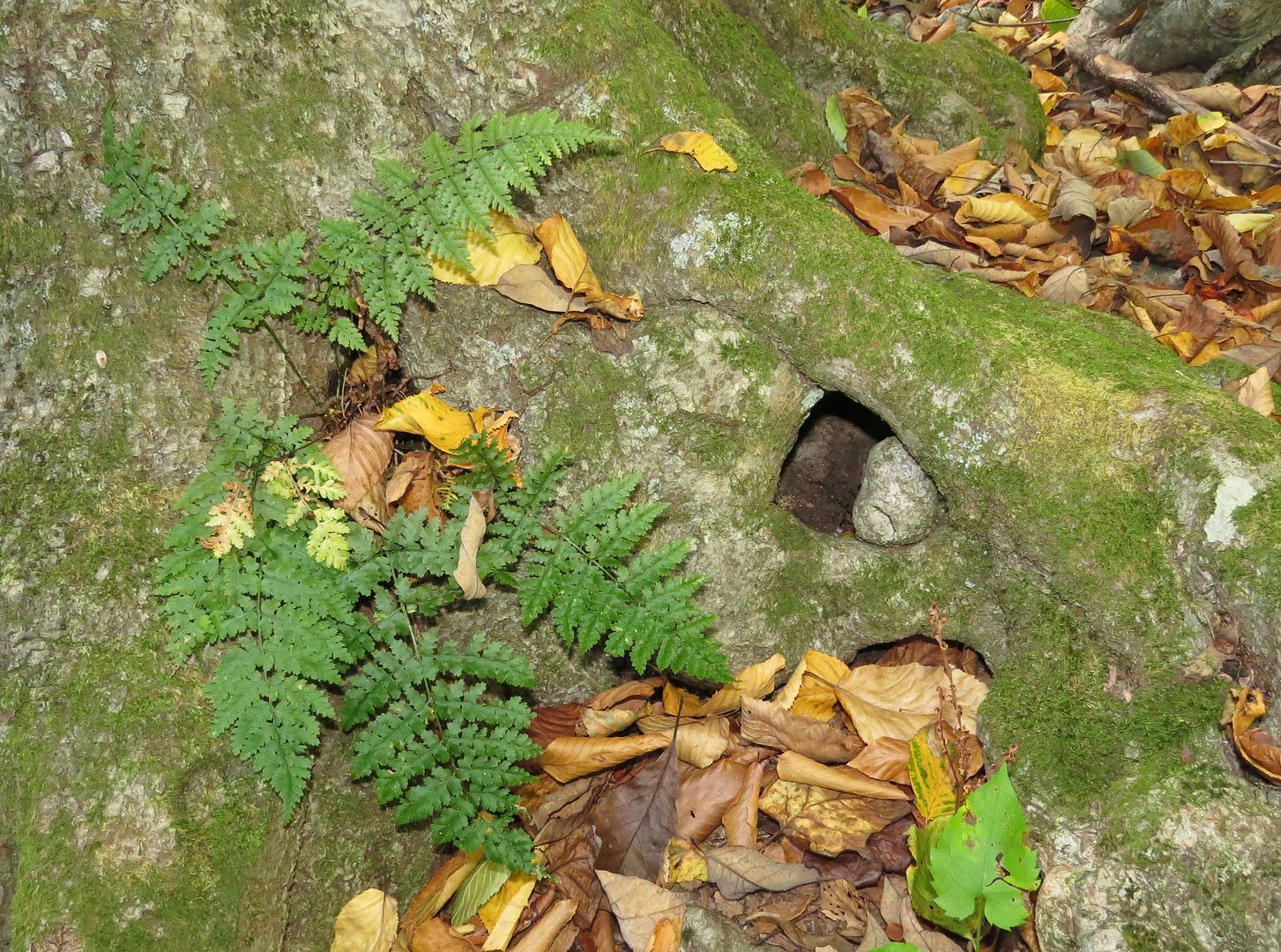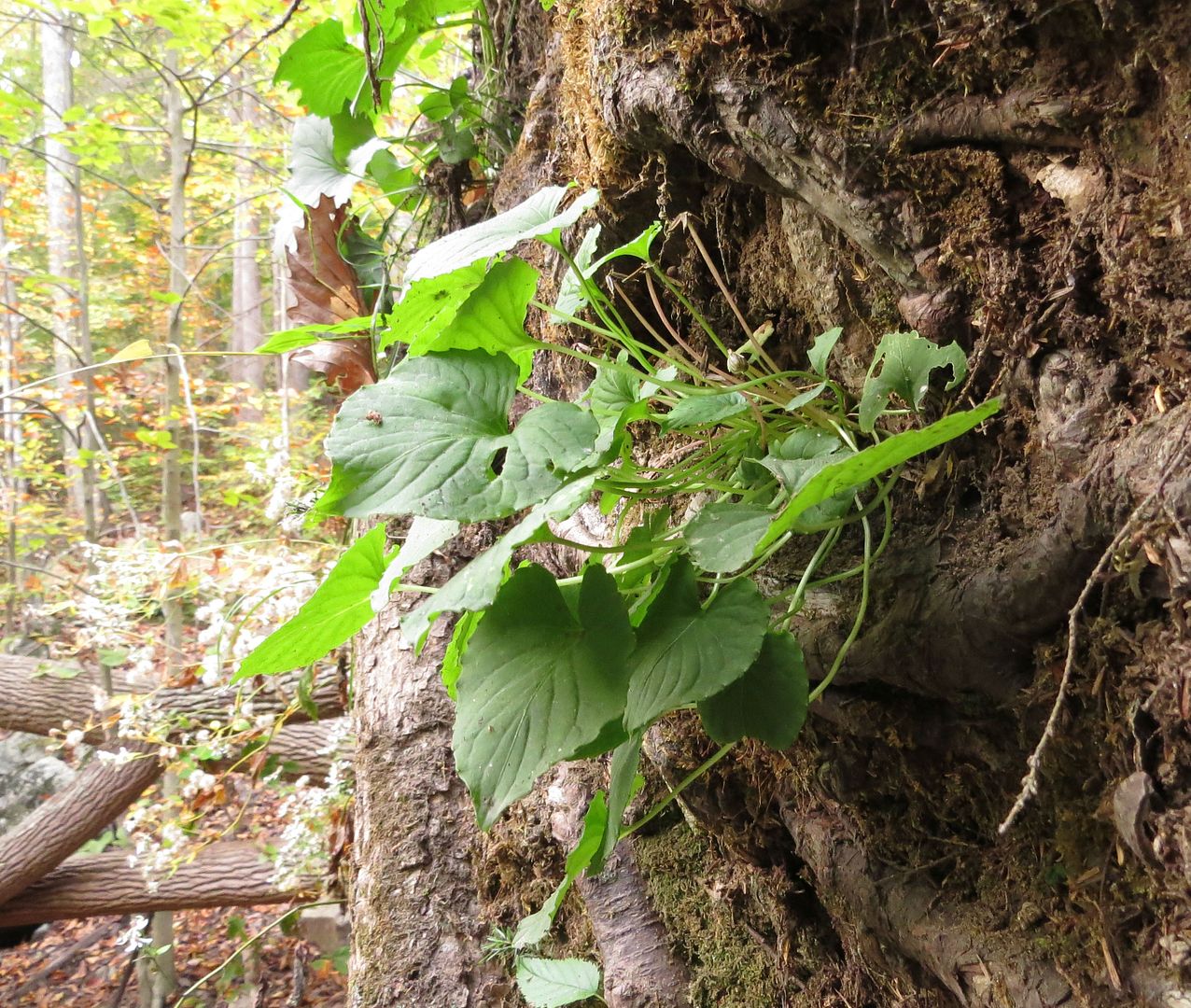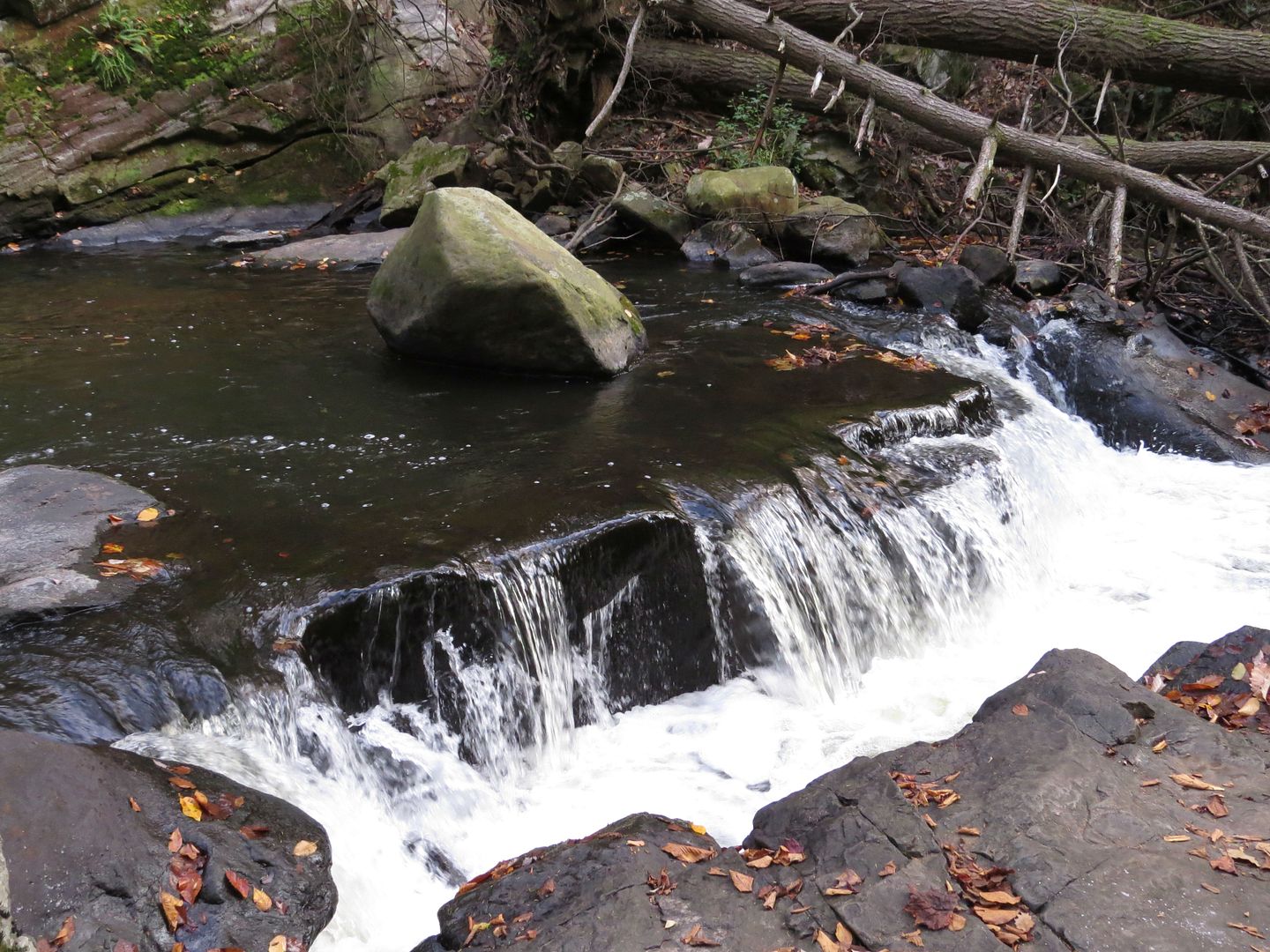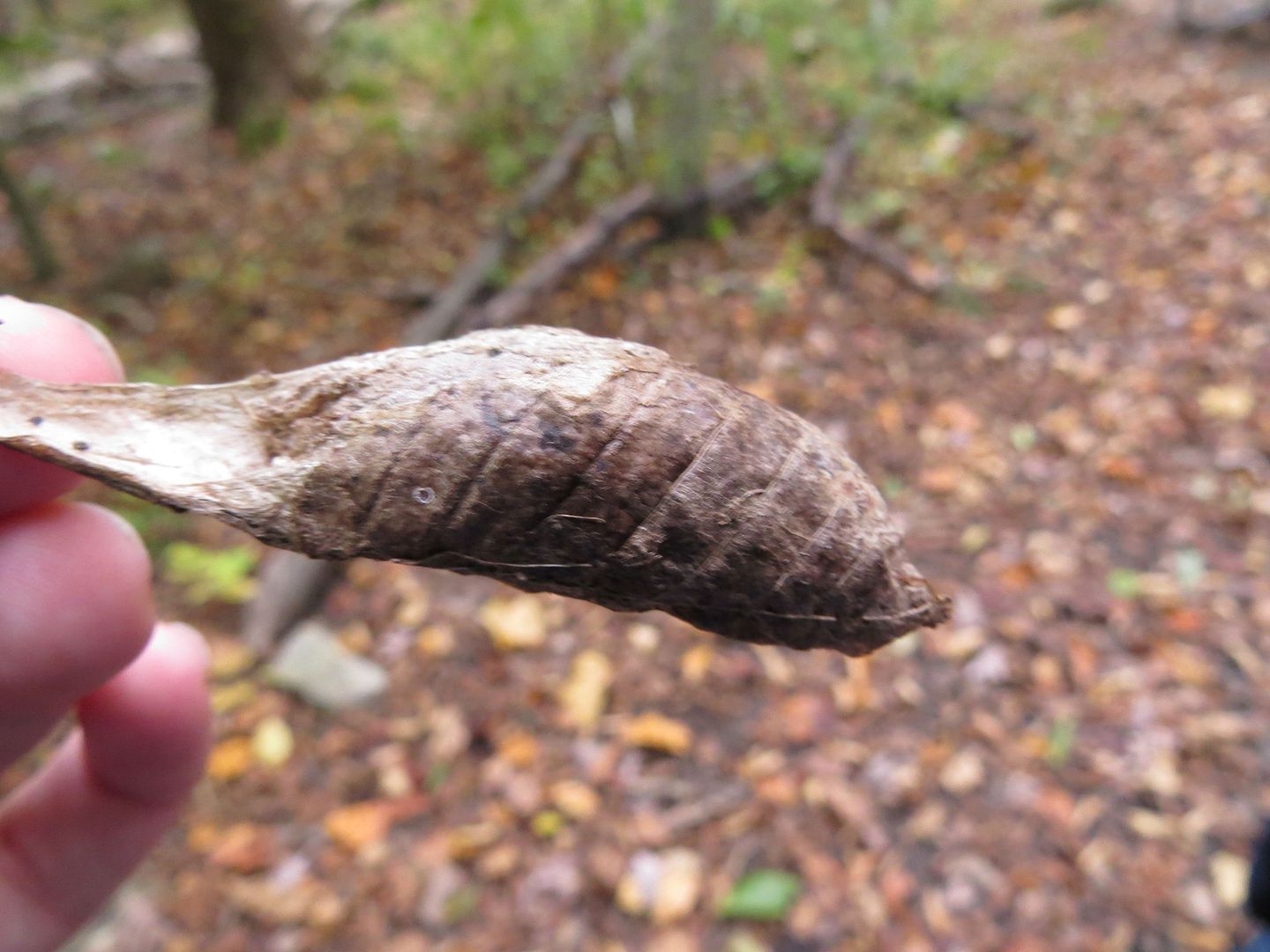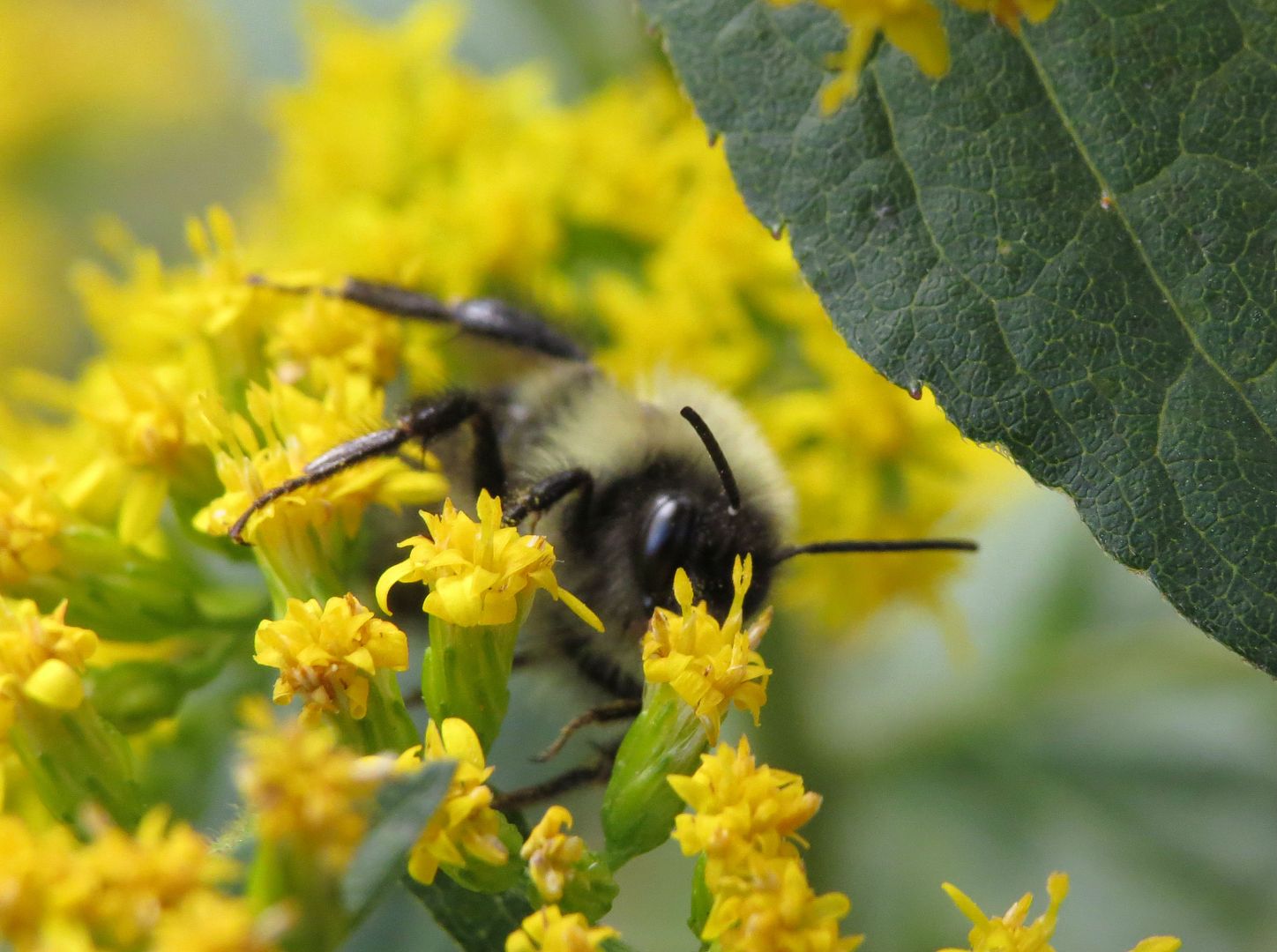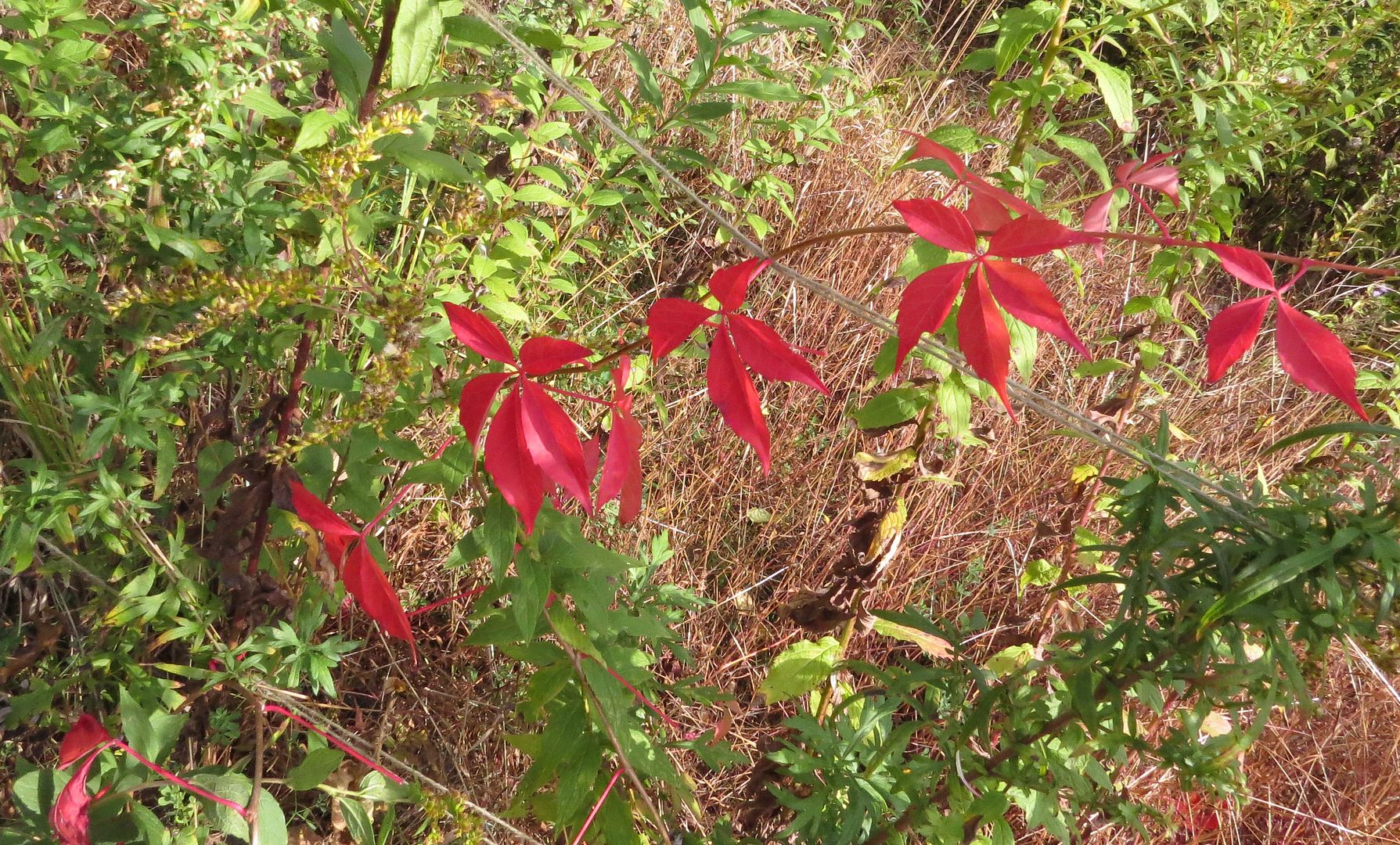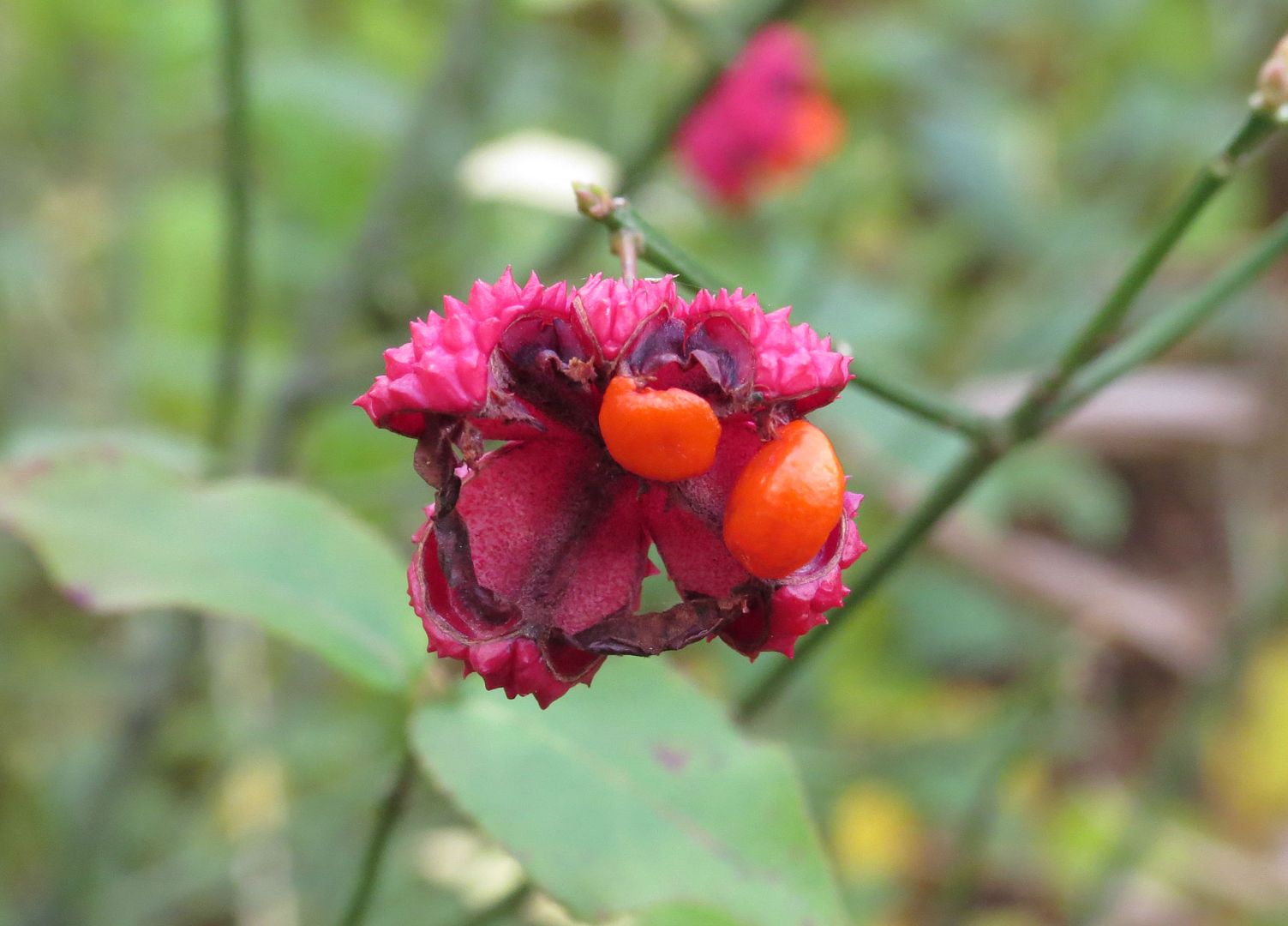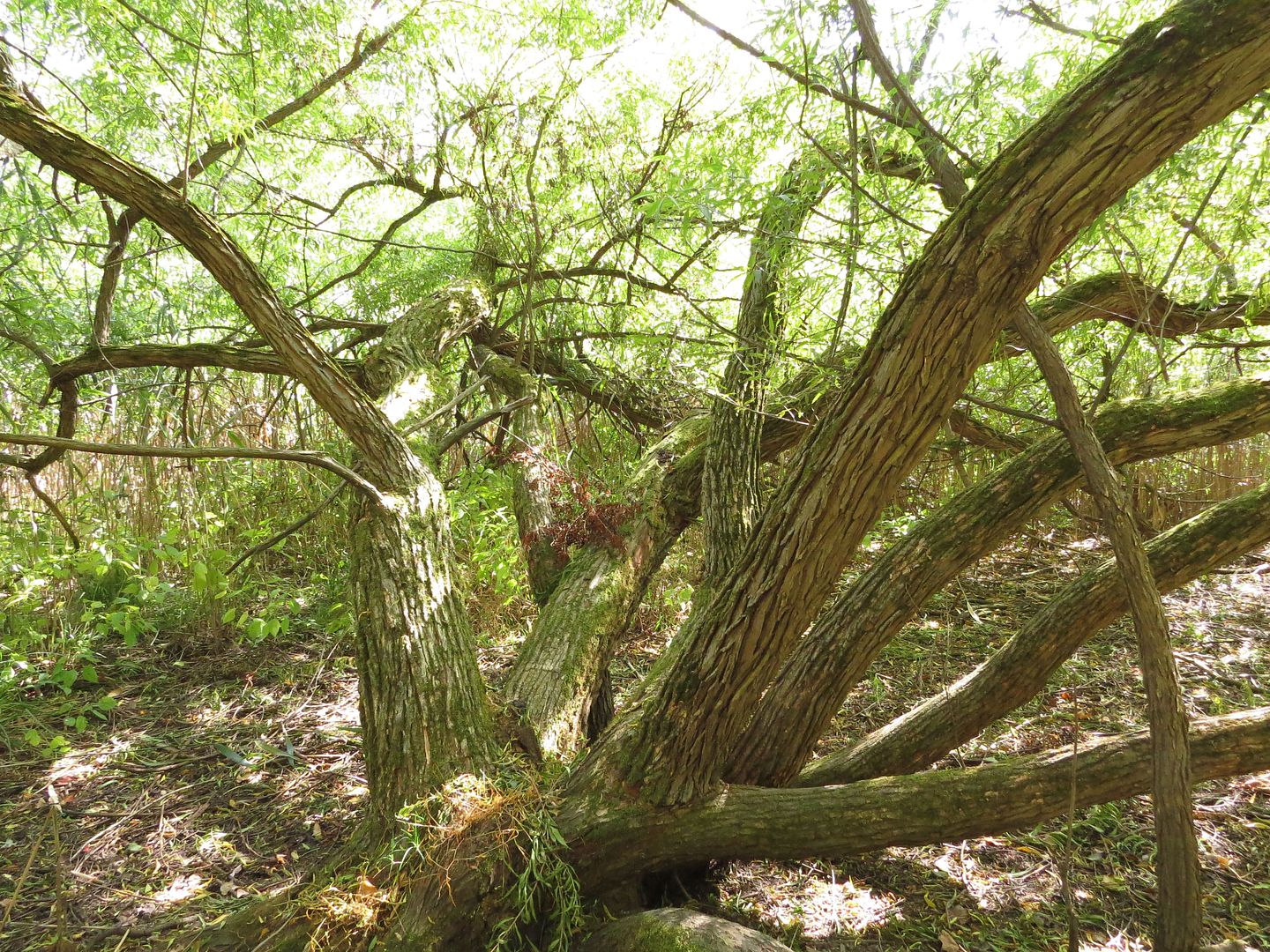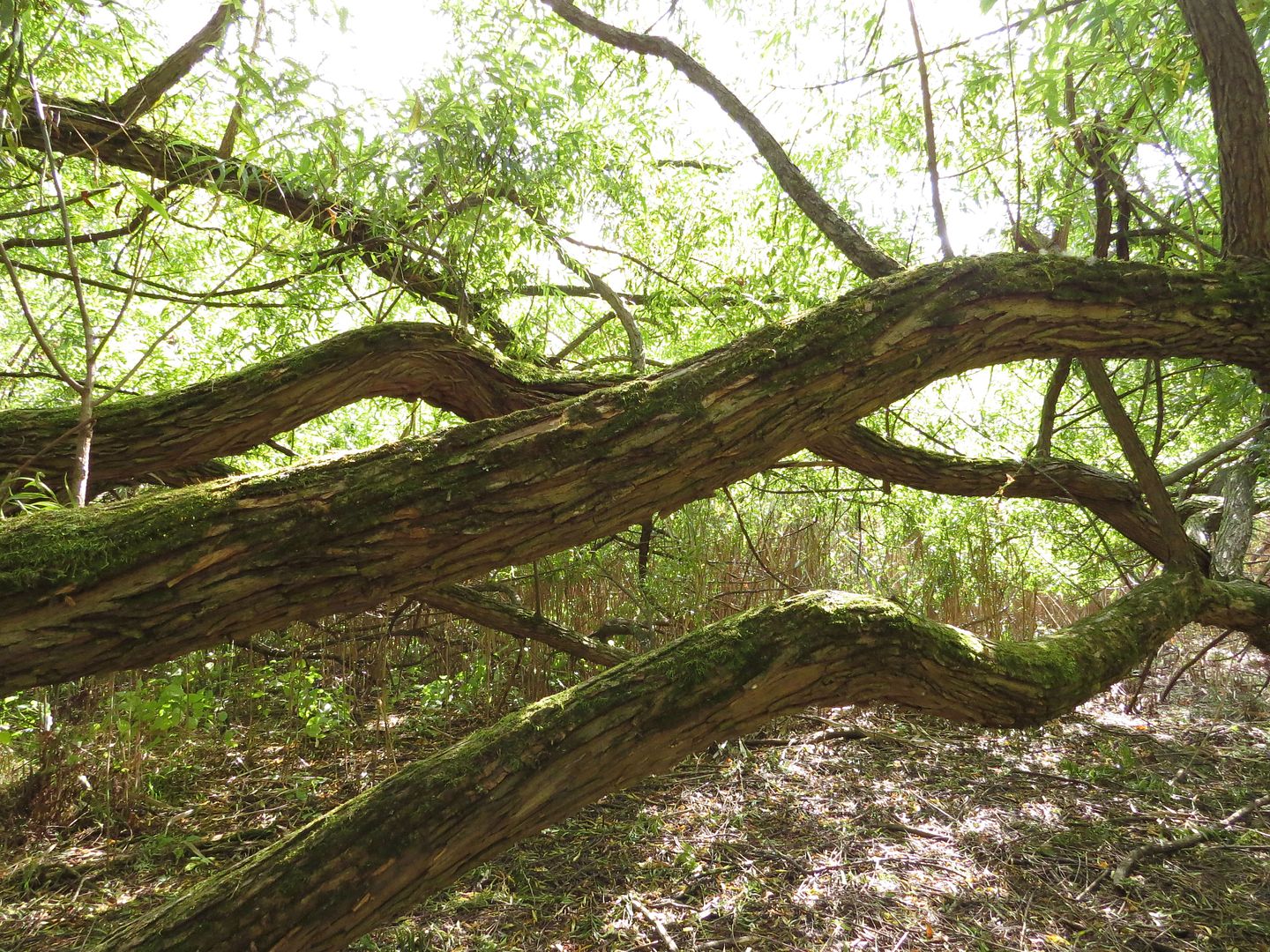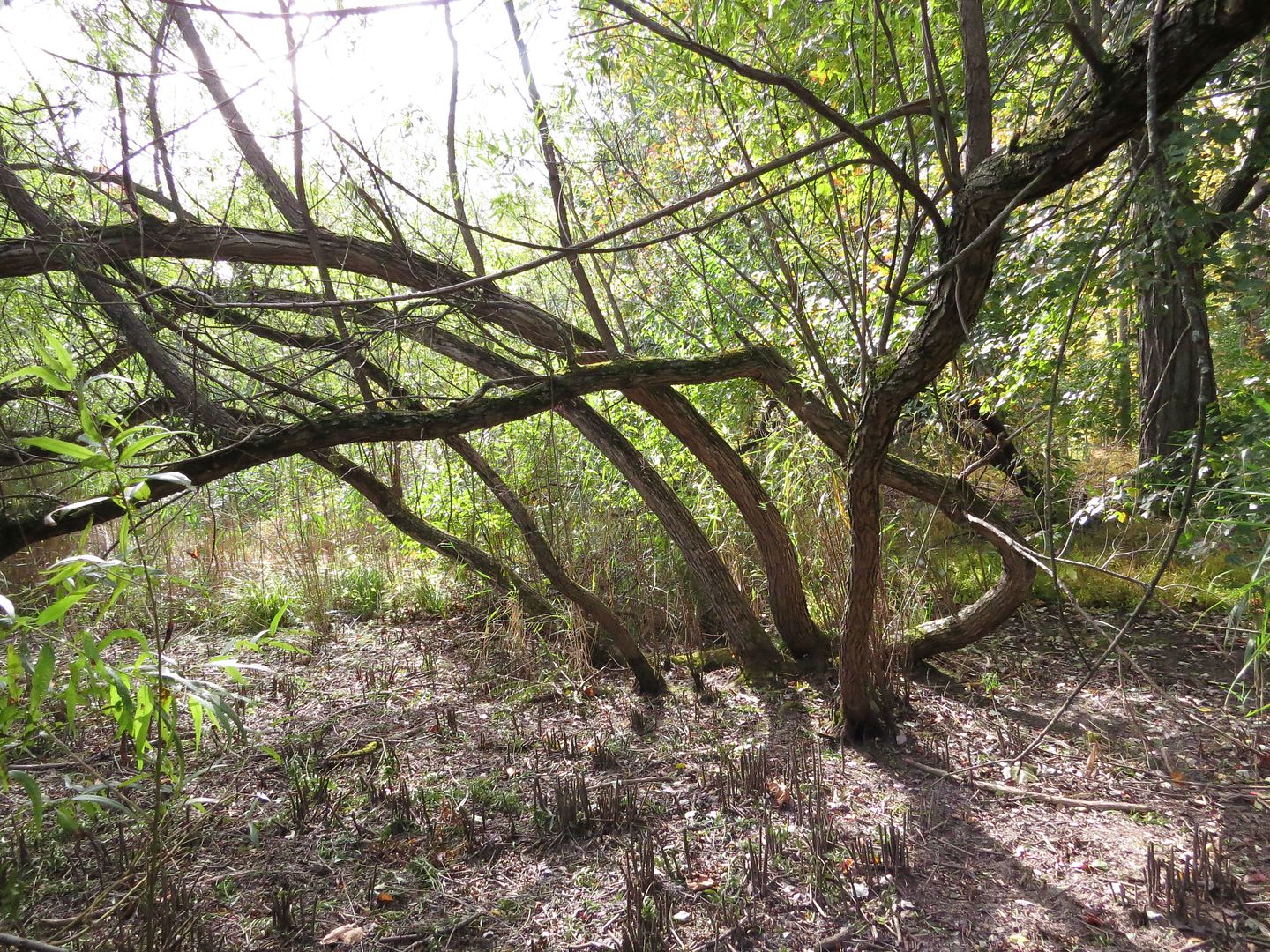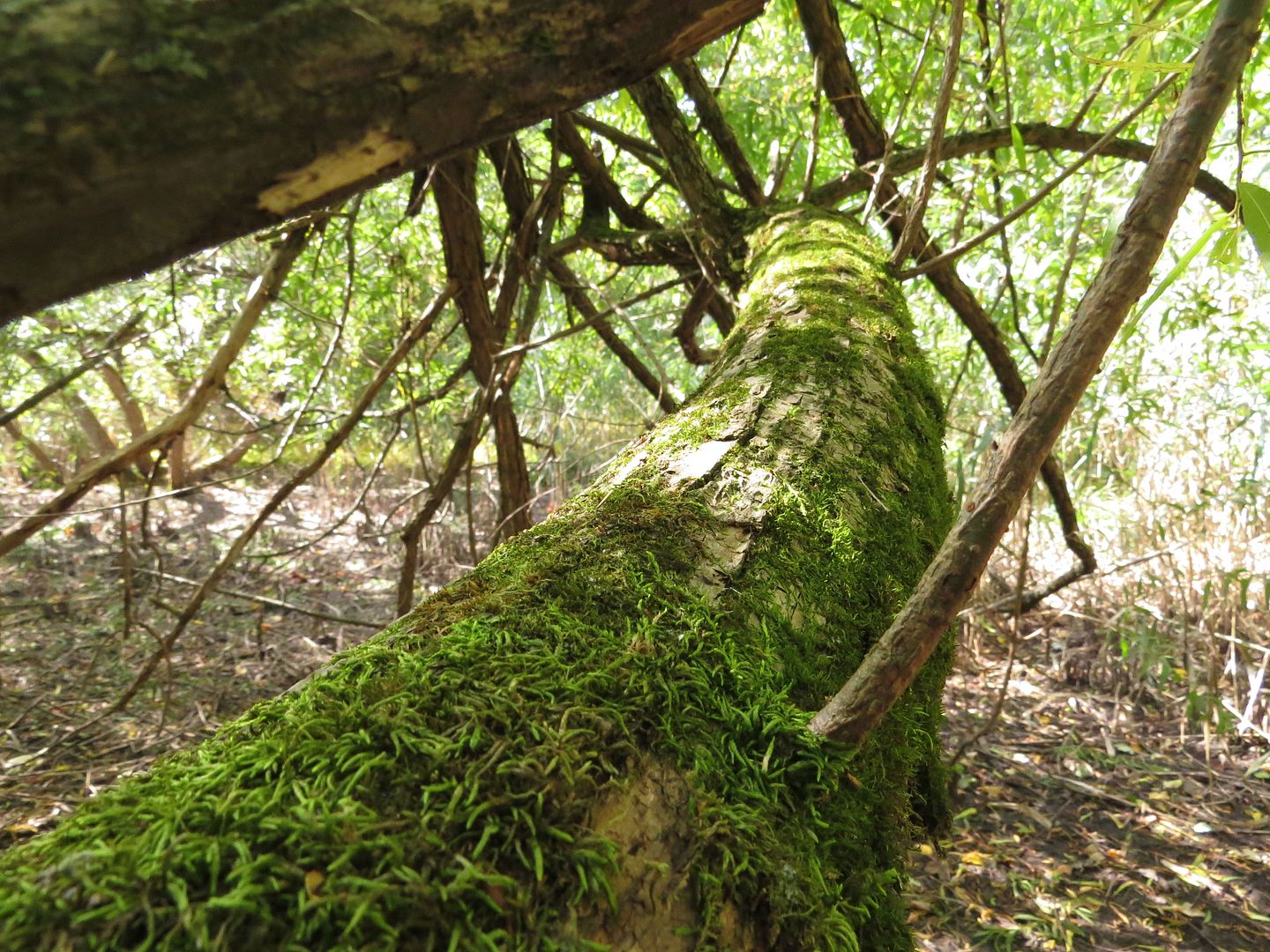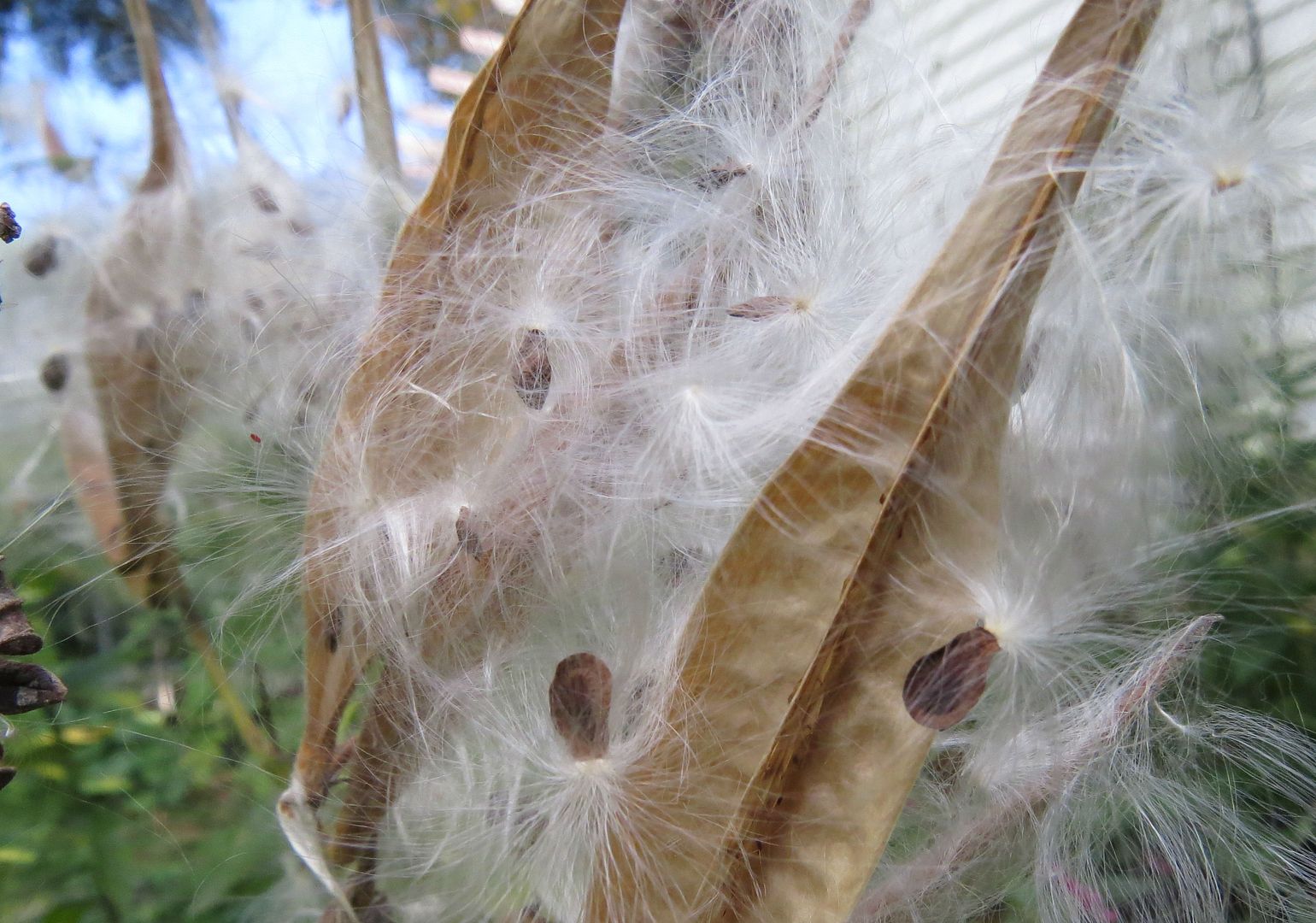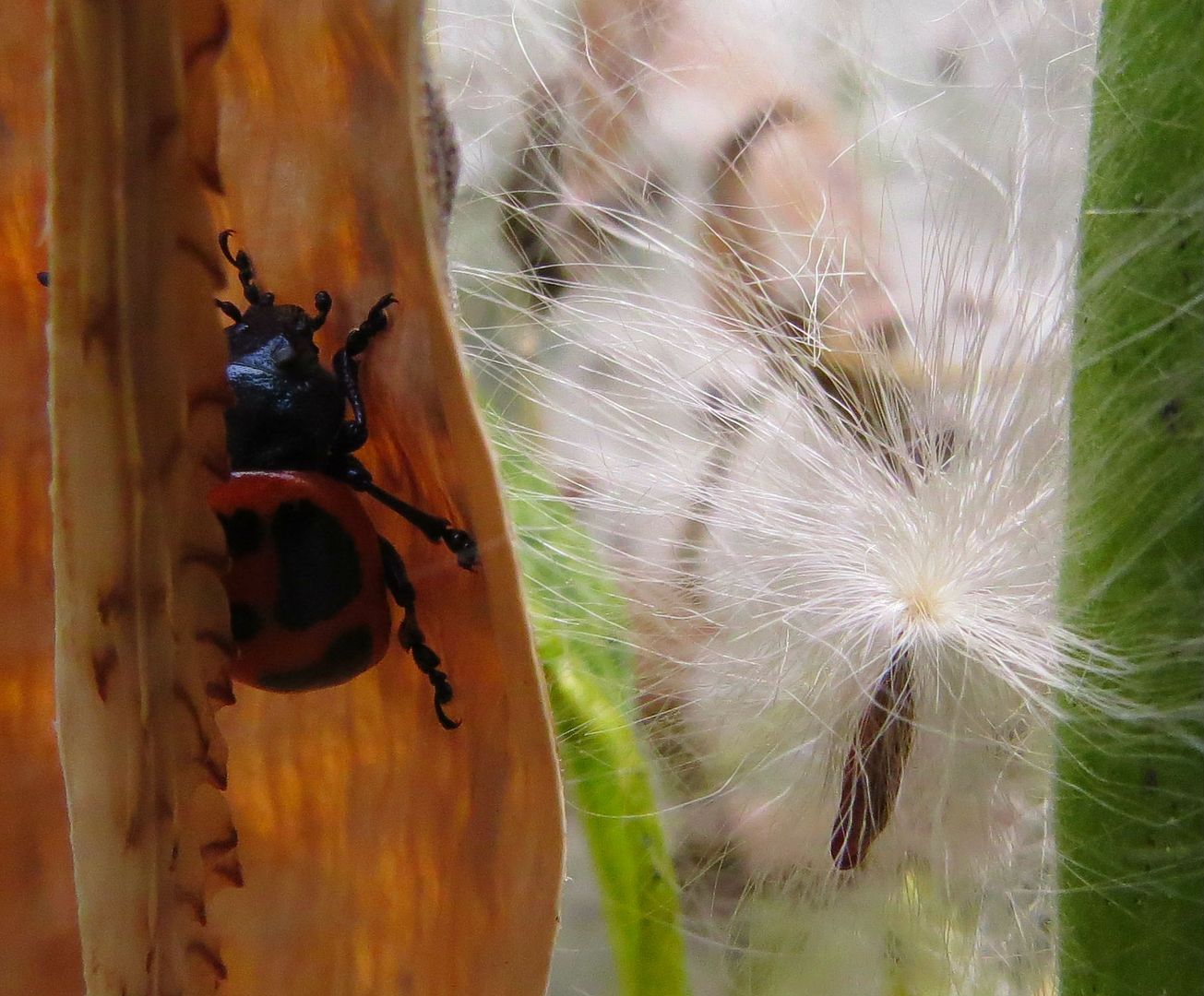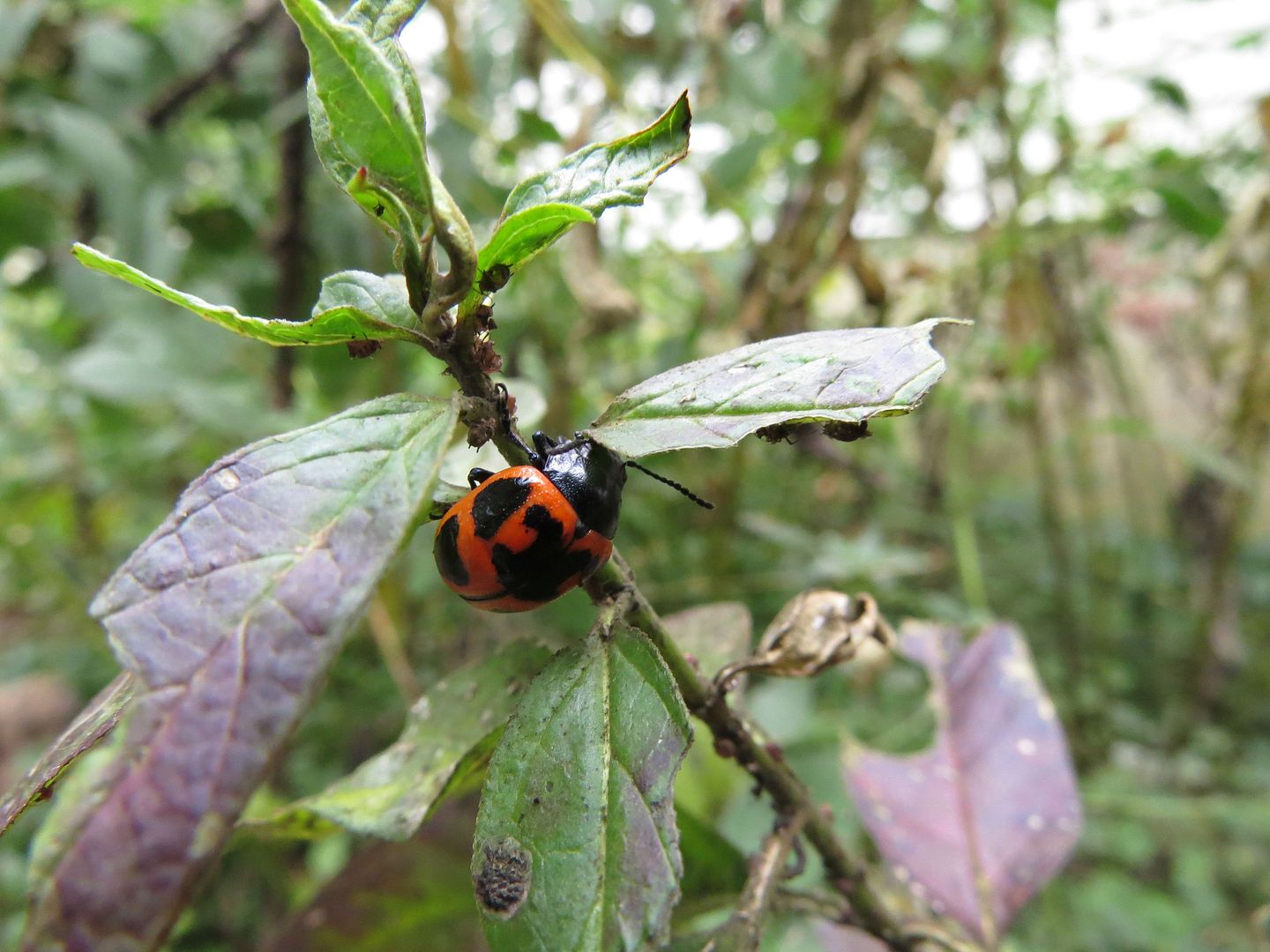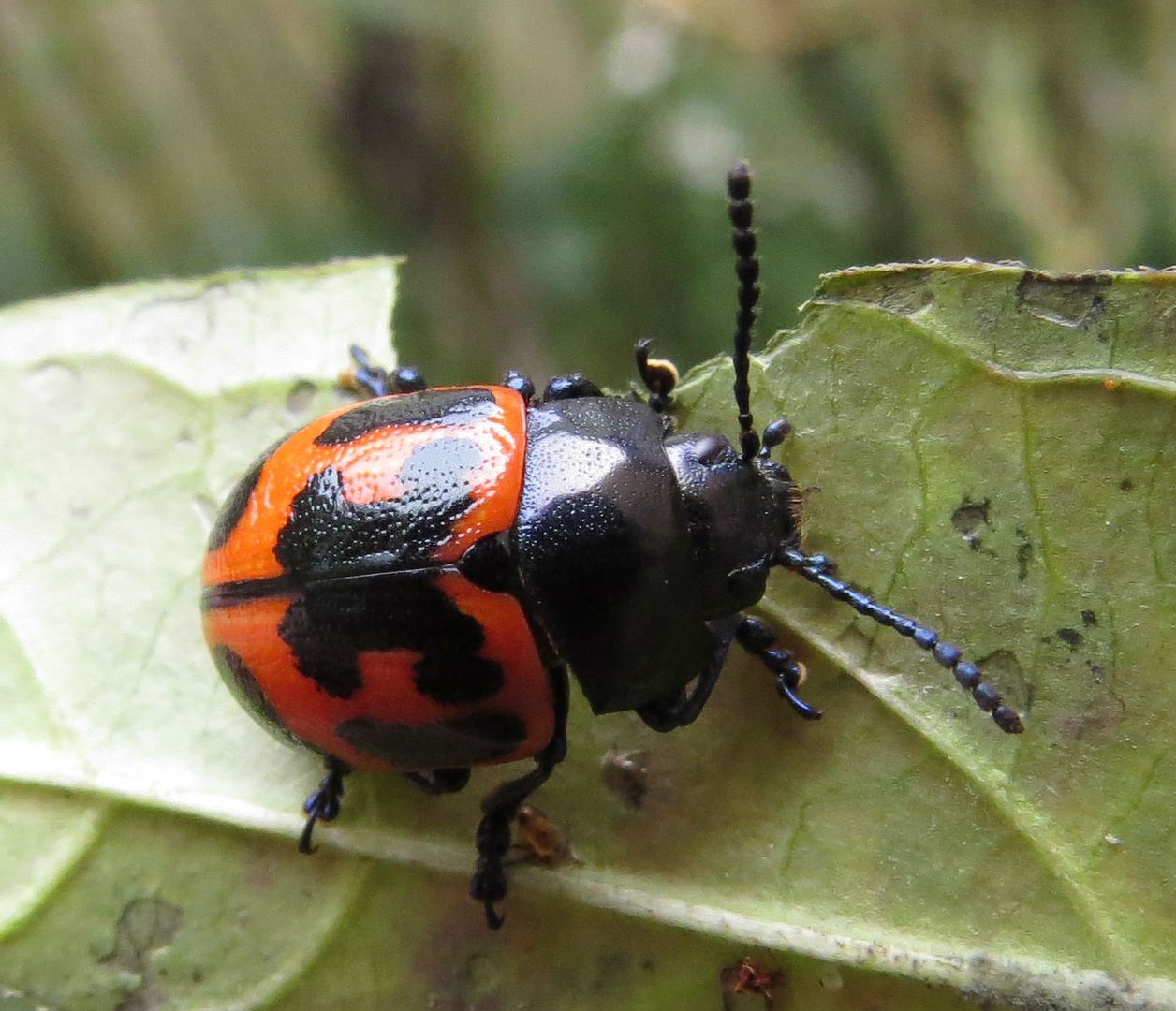Wednesday, October 30, 2013
Sunday, October 20, 2013
Planting Native Seeds
Seeds germinate best on bare ground and meadows that are overgrown with established plant life don't always see new individuals each year. This is why the first step in establishing a meadow is to destroy the previously existing plant life, often by smothering the area with plastic for a full year. (Chemicals work too but aren't for everyone.) If you're impatient like I was then just planting plugs or potted plants can help give your natives a fighting chance against the lawn and weeds that are established. This is the method I went with because my lawn has lots of switch grass and weeds that spread by underground corms on the roots. What's happened though is as my native plants die of old age they're replaced with this invasive grass instead of native seedlings. The only thing that does well in these patches are Spiderwort, and taller plants like False Indigo and Tall Coreopsis. The thing is False Indigo and Tall Coreopsis don't spread that fast and Spiderwort dies back to the ground by August. I'd like to see other things seed in like the Milkweed, Liatris, Asters and other Coreopsis species.
So I've come up with a simple method of getting these plants to hopefully establish better. Because seeds germinate best on bare soil, I'm creating some bare soil. This comes in the form of several 1 and 3 gallon pots I was using to grow pepper plants and tomatoes here and there wherever they'd fit. These food plants are annuals so the soil is just going to go to waste anyhow. So I collect seeds to whatever looks ready and massage them into the soil.
Last year I noticed one of my asters had a stem fall right into a potted plant. I also had a cutting from another Aster that had fallen into a hanging basket. In both cases I found new Aster plants germinate and grow the following spring. This reduces the need to have to over winter seeds in the fridge or basement room or grow them out in the green house and have to water them in the winter. So hopefully I get some success with this method. I'm even tempted to plant specific combinations that look nice in the same pots so I can plant them that way on the following year. Pink New England Asters go great with medium height Goldenrod species for example.
So I've come up with a simple method of getting these plants to hopefully establish better. Because seeds germinate best on bare soil, I'm creating some bare soil. This comes in the form of several 1 and 3 gallon pots I was using to grow pepper plants and tomatoes here and there wherever they'd fit. These food plants are annuals so the soil is just going to go to waste anyhow. So I collect seeds to whatever looks ready and massage them into the soil.
Last year I noticed one of my asters had a stem fall right into a potted plant. I also had a cutting from another Aster that had fallen into a hanging basket. In both cases I found new Aster plants germinate and grow the following spring. This reduces the need to have to over winter seeds in the fridge or basement room or grow them out in the green house and have to water them in the winter. So hopefully I get some success with this method. I'm even tempted to plant specific combinations that look nice in the same pots so I can plant them that way on the following year. Pink New England Asters go great with medium height Goldenrod species for example.
Saturday, October 19, 2013
Lasius claviger Flying Day and Night
Lasius claviger is holding their nuptial flights this week. This is an ant few people tend to notice. Their workers are a pale orange color and colonies remain subterranean for almost the entire year. Workers farm root aphids and rarely venture to the surface.
This species is a social parasite, which means queens require a host colony in order to start a colony of their own. After mating they have to find a colony of Lasius neoniger, or Lasius alienus and replace its queens. The host workers then raise the L. claviger brood as their own and the colony becomes self sufficient from there. Because this has a low success rate, Lasius claviger has to send out 10 times as many queens and males each year as either of their hosts.
Nuptial flights take place in the afternoon, with swarms gathering at about 200' in the air. If you stand so that your head is just in the shade and look up at the sun, you can sometimes see the dazzling display of their wings darting about that high up. Once the sun goes down though, they get disoriented, and are drawn towards lights. In the video above I found millions of them gathered in the parking lot to a fast food restaurant. They were still trying to fly around the lights there, and even swarmed about inside the building.... of which I was apparently the only person who noticed. A friend of mine said just down the street there was another store that got swarmed much worse.
Labels:
Ants,
claviger,
Lasius,
Nuptial Flight,
Video
Friday, October 18, 2013
The Wildlife Gardener's Meetup (Part 3)
On the last day of the Wildlife Gardener's Forum meetup, we went to Cape May, NJ. I had never been there before but always heard good things. On the way there we came across a grape farm (vineyard?) which still had grapes growing. It was neat to see how they protect the fruit with lines of cloth. I'll have to mimic this method myself somehow.
Also before we got there, there was a group of photographers all standing in the road, cameras focused on a tidy little garden they have down there. These people were blocking the road and all anxiously awaiting for something to happen. Apparently some west coast hummingbird species had been spotted there the previous night and everyone was standing there waiting for it to show again... we stopped a moment to think if that would be worth our time but decided it was not. While leaving we asked if it had shown and it hadn't.
Cape May is the southern most point of New Jersey which also bottle necks into a peninsula, making it ideal for viewing most things that migrate at this time of year. It was a little late though so we caught the tail end of the Monarch Migration and little else.
The park was a nice wetland area with trails leading all up and down the bays and beaches there.
The least interesting parts were those overrun with the invasive Common Reed Grass, Phagmites australis. This grass can be drown as a method of control, and though it likes growing in wetlands it's very growing habit slowly generates new land. They push up so much top growth every year that it doesn't decompose until several years more, thus the ground is slowly raised. Seeds are air born, and once established they will send out runners several feet away, making them quick to colonize.
The occasional Golden Aster, Heterotheca and Chrysopsis sp. grew in places. Overall it was a rare plant but still a nice one to see.
I don't think it's Maryland Golden Aster, but certainly something in that genus, (or the other one).
Along the beach there seemed to be some sort of restoration project. There had to be a few thousand plants of Seaside Goldenrod, Solidago sempervirens, and what might be Little Blue Stem, or it's sand and salt water tolerant counterpart.
This is a fantastic goldenrod species. If I had a dune of 100% sand in my yard I'd certainly be trying to grow it! The plant is a good size, they don't seem all that aggressive, and the flowers are as nice and showy as Showy Goldenrod.
Monarch Butterflies swooped about from plant to plant. Most of them seemed to be having difficulty staying with the plant from the force of the wind though. As I mentioned earlier this was the tail end of their migration so we really only saw a few dozen. But that's a lot more than I had in my yard this year or had seen flying around.
Beautiful Plant.
They were less common inland where the soil turned more rocky than sandy, but Monarchs found them all the same.
I got to test out my new Raynox DCR-250 Super Macro Snap-On Lens with some Monarchs and in such beautiful lighting! This little snap on works with just about any camera that has a clip on lens cap, and is well worth the money.
A queen bumblebee. She won't start a nest until next year but in the mean time they fuel up on nectar.
This one fooled me a bit because the bee that it was mimicking were on other plants.
This is a bee mimicking flower fly. They do this to be left alone, and sometimes to sneak into bumblebee nests to lay their eggs upon the decomposing parts of the nest. I don't think they're a pest to bumblebees (though I might be wrong) but this camo also means fewer predators will mess with them.
Back at the beach there were other critters in camo. Can you see it?
This grass hopper is perfectly colored to blend in with the beach.
The sky away as we looked away from the sun.
Goldenrod as we looked toward the sun.
... we were parked over by the light house.
Walking back to the car proved to be one of the prettiest moments of the whole day. I'll have to do this again next year.
Also before we got there, there was a group of photographers all standing in the road, cameras focused on a tidy little garden they have down there. These people were blocking the road and all anxiously awaiting for something to happen. Apparently some west coast hummingbird species had been spotted there the previous night and everyone was standing there waiting for it to show again... we stopped a moment to think if that would be worth our time but decided it was not. While leaving we asked if it had shown and it hadn't.
Cape May is the southern most point of New Jersey which also bottle necks into a peninsula, making it ideal for viewing most things that migrate at this time of year. It was a little late though so we caught the tail end of the Monarch Migration and little else.
The park was a nice wetland area with trails leading all up and down the bays and beaches there.
The least interesting parts were those overrun with the invasive Common Reed Grass, Phagmites australis. This grass can be drown as a method of control, and though it likes growing in wetlands it's very growing habit slowly generates new land. They push up so much top growth every year that it doesn't decompose until several years more, thus the ground is slowly raised. Seeds are air born, and once established they will send out runners several feet away, making them quick to colonize.
The occasional Golden Aster, Heterotheca and Chrysopsis sp. grew in places. Overall it was a rare plant but still a nice one to see.
I don't think it's Maryland Golden Aster, but certainly something in that genus, (or the other one).
Along the beach there seemed to be some sort of restoration project. There had to be a few thousand plants of Seaside Goldenrod, Solidago sempervirens, and what might be Little Blue Stem, or it's sand and salt water tolerant counterpart.
This is a fantastic goldenrod species. If I had a dune of 100% sand in my yard I'd certainly be trying to grow it! The plant is a good size, they don't seem all that aggressive, and the flowers are as nice and showy as Showy Goldenrod.
Monarch Butterflies swooped about from plant to plant. Most of them seemed to be having difficulty staying with the plant from the force of the wind though. As I mentioned earlier this was the tail end of their migration so we really only saw a few dozen. But that's a lot more than I had in my yard this year or had seen flying around.
Beautiful Plant.
They were less common inland where the soil turned more rocky than sandy, but Monarchs found them all the same.
I got to test out my new Raynox DCR-250 Super Macro Snap-On Lens with some Monarchs and in such beautiful lighting! This little snap on works with just about any camera that has a clip on lens cap, and is well worth the money.
A queen bumblebee. She won't start a nest until next year but in the mean time they fuel up on nectar.
This one fooled me a bit because the bee that it was mimicking were on other plants.
This is a bee mimicking flower fly. They do this to be left alone, and sometimes to sneak into bumblebee nests to lay their eggs upon the decomposing parts of the nest. I don't think they're a pest to bumblebees (though I might be wrong) but this camo also means fewer predators will mess with them.
Back at the beach there were other critters in camo. Can you see it?
This grass hopper is perfectly colored to blend in with the beach.
The sky away as we looked away from the sun.
Goldenrod as we looked toward the sun.
... we were parked over by the light house.
Walking back to the car proved to be one of the prettiest moments of the whole day. I'll have to do this again next year.
Labels:
Beach,
Bumblebees,
Coastal,
Colors,
Fly,
Golden Aster,
Goldenrod,
Grapes,
Grass,
Lighthouse,
Monarch
Thursday, October 17, 2013
The Wildlife Gardener's Meetup (Part 2)
Wildlife Gardener's Forum,
On the second location we were in a park somewhere in Maplewood, NJ. I'd describe it as a Piedmont area which is not quite mountainous but rocky enough to not be considered coastal. There were tons of large boulders and rocks all over the place. It was clear that in some places the park designers had just given up trying to remove them and simply placed pick nick tables in the middle of the most uneven and treacherous terrine imaginable. It would not surprise me in the least to learn we'd walked over the breeding tunnels to countless snakes and other critters that crawled from Pandora's box.
The forest here seemed to be in good health. I can't say we noticed any major invasive at all. I recall a few of the highways on the drive up there even had wildlife corridors built as over passes over the road.
Ferns grew almost everywhere that had view of the water.
Violets were here and there too and were even sprouting up among the roots of fallen trees.
Hepatica was growing wildly there too. This is a wonderful spring ephemeral that blooms around March and April that few travelers get to see. It's often still too cold out to really venture into the wilderness. The leaves are semi-evergreen which is uncommon for an ephemeral.
There were a few Asters about too but they were all mostly small plants that each had only a few flowers. They were certainly nothing like the New England Asters I have in my garden.
This is where the troll lives. Actually believe it or not this is a pathway. You have to scale the rocks and climb your way through this slope. Some of the trails there are not for the faint of heart and certainly not handicap assessable.
Waterfalls were the real highlight of this place. A few streams come through it and the main trails lead you right along them.
It's better to walk a trail that takes you all the way to the end of the park, one not near the river; so this way you walk up stream facing all the waterfalls, as opposed to having to turn around always to look at them.
The river never seemed to be all that deep, but it did widen up a bit here and there. I can't imagine anyone kayaking down it for very long. The picture above aside, there are too many rocks everywhere and you'd likely bust your head open going down some of the falls.
There were several benches setup, sometimes in odd places, but often highlighting a particular view or vista.
Looking forward.
Looking back.
On the way out, I spotted what I think is a Cecropia moth cocoon all bundled up within a leaf.
On the second location we were in a park somewhere in Maplewood, NJ. I'd describe it as a Piedmont area which is not quite mountainous but rocky enough to not be considered coastal. There were tons of large boulders and rocks all over the place. It was clear that in some places the park designers had just given up trying to remove them and simply placed pick nick tables in the middle of the most uneven and treacherous terrine imaginable. It would not surprise me in the least to learn we'd walked over the breeding tunnels to countless snakes and other critters that crawled from Pandora's box.
The forest here seemed to be in good health. I can't say we noticed any major invasive at all. I recall a few of the highways on the drive up there even had wildlife corridors built as over passes over the road.
Ferns grew almost everywhere that had view of the water.
Violets were here and there too and were even sprouting up among the roots of fallen trees.
Hepatica was growing wildly there too. This is a wonderful spring ephemeral that blooms around March and April that few travelers get to see. It's often still too cold out to really venture into the wilderness. The leaves are semi-evergreen which is uncommon for an ephemeral.
There were a few Asters about too but they were all mostly small plants that each had only a few flowers. They were certainly nothing like the New England Asters I have in my garden.
This is where the troll lives. Actually believe it or not this is a pathway. You have to scale the rocks and climb your way through this slope. Some of the trails there are not for the faint of heart and certainly not handicap assessable.
Waterfalls were the real highlight of this place. A few streams come through it and the main trails lead you right along them.
It's better to walk a trail that takes you all the way to the end of the park, one not near the river; so this way you walk up stream facing all the waterfalls, as opposed to having to turn around always to look at them.
The river never seemed to be all that deep, but it did widen up a bit here and there. I can't imagine anyone kayaking down it for very long. The picture above aside, there are too many rocks everywhere and you'd likely bust your head open going down some of the falls.
There were several benches setup, sometimes in odd places, but often highlighting a particular view or vista.
Looking forward.
Looking back.
On the way out, I spotted what I think is a Cecropia moth cocoon all bundled up within a leaf.
Labels:
Asters,
Ferns,
flowers,
Giant Silk Moth,
Hepatica,
native,
Nature,
Trees,
Violets,
Waterfalls
Tuesday, October 15, 2013
The Wildlife Gardener's Meetup (Part 1)
So I'm a member of the Wildlife Gardener's Forum, and I think for the past two or three years now a few of the members have arrange a yearly meetup or road trip or combination there of to get various forum members involved. This year I decided to participate in a few of the trips which happened to be here in my home state of New Jersey. I wasn't expecting much though because of the time of year. We're not really at the peak of the "leafing" season and most of the wildflowers have finished flowering.
I can't quite remember the name of the first place we visited but it had a bustling dog park and multiple trails leading through woodlands and what may eventually become nice meadow. As I said though most of the wildflowers weren't flowering so it was hard to judge. Almost all of the goldenrod was finished for the year up there so we're pretty much at the end of the flowering season. One thing I noticed was that they had almost too much goldenrod up there. It's a mid to late stage meadow plant which will usually push out milkweed species. (This doesn't always happen, and there are old fields where goldenrod mysteriously never takes over but it tends to be the norm.) There were a lot of trees and even a few nonnative plants about. There's almost too much work there to be done for what they have, but most of the problems seemed to be in the meadow and forest edge areas which accounted for maybe 1/4th the park that we saw. They just need to come up with a treatment strategy to hopefully get things under control. I recommended having it mowed once a year to get rid of the woody tree species but they were afraid of killing butterfly chrysalises. A valid concern, but removing tree seedlings manually will eventually become an impossible task, so maybe only mow half the meadow each year, and alternate from there. Even haying the field (cutting it to knee high) can be beneficial.
Virginia Creeper, Parthenocissus quinquefolia, was showing off its fall color in a brilliant shade of red.
Winged Sumac, Rhus copallina, eventually also turns this brilliant shade of red. A failing though is that this species spreads by root suckers to form it's own grove. Mowing is just about the only way to keep these suckers under control.
Strawberry Bush, Euonymus americanus, was something of a highlight because almost none of us had ever seen it before. The common name is misleading because it has nothing to do with the edible runner vine people are so fond of. I believe the name comes from the seed pod resembling a strawberry before it opens to reveal the nut-like fruit (as seen above).
Venturing into the woods the real highlight of this place were a few Black Willow, Salix nigra, trees they had growing there. My camera really doesn't do them justice though.
The dappled shade underneath and the low winding branches make you feel like a kid again, getting tangled up in shrubs and makeshift club houses designed by nature.
They're growing in an area that clearly flood when it rains which prevents most types of plants from growing there. But this particular species is well suited to the location. The ground was mostly stable enough to walk in too and not muddy at all, though I'm sure just after a storm that could be a problem.
Moss was growing all up and down the trunk and branches. They seemed to be in very good health. This is probably the closest thing have to Mangroves which grow down in the tropics, of course the two are in no way related.
I can't quite remember the name of the first place we visited but it had a bustling dog park and multiple trails leading through woodlands and what may eventually become nice meadow. As I said though most of the wildflowers weren't flowering so it was hard to judge. Almost all of the goldenrod was finished for the year up there so we're pretty much at the end of the flowering season. One thing I noticed was that they had almost too much goldenrod up there. It's a mid to late stage meadow plant which will usually push out milkweed species. (This doesn't always happen, and there are old fields where goldenrod mysteriously never takes over but it tends to be the norm.) There were a lot of trees and even a few nonnative plants about. There's almost too much work there to be done for what they have, but most of the problems seemed to be in the meadow and forest edge areas which accounted for maybe 1/4th the park that we saw. They just need to come up with a treatment strategy to hopefully get things under control. I recommended having it mowed once a year to get rid of the woody tree species but they were afraid of killing butterfly chrysalises. A valid concern, but removing tree seedlings manually will eventually become an impossible task, so maybe only mow half the meadow each year, and alternate from there. Even haying the field (cutting it to knee high) can be beneficial.
Virginia Creeper, Parthenocissus quinquefolia, was showing off its fall color in a brilliant shade of red.
Winged Sumac, Rhus copallina, eventually also turns this brilliant shade of red. A failing though is that this species spreads by root suckers to form it's own grove. Mowing is just about the only way to keep these suckers under control.
Strawberry Bush, Euonymus americanus, was something of a highlight because almost none of us had ever seen it before. The common name is misleading because it has nothing to do with the edible runner vine people are so fond of. I believe the name comes from the seed pod resembling a strawberry before it opens to reveal the nut-like fruit (as seen above).
Venturing into the woods the real highlight of this place were a few Black Willow, Salix nigra, trees they had growing there. My camera really doesn't do them justice though.
The dappled shade underneath and the low winding branches make you feel like a kid again, getting tangled up in shrubs and makeshift club houses designed by nature.
They're growing in an area that clearly flood when it rains which prevents most types of plants from growing there. But this particular species is well suited to the location. The ground was mostly stable enough to walk in too and not muddy at all, though I'm sure just after a storm that could be a problem.
Moss was growing all up and down the trunk and branches. They seemed to be in very good health. This is probably the closest thing have to Mangroves which grow down in the tropics, of course the two are in no way related.
Sunday, October 6, 2013
Native Flower Bouquet
Yesterday I was best man at my brother's wedding. While they didn't want to go overboard with flowers, I felt the need to bring over a bouquet I made from plants currently in my own garden. New England Asters, Swamp Sunflower, Mexican Sunflower, and I want to call it one of the Wand Goldenrods (as opposed to the flat-top, and pyramid goldenrod).
Friday, October 4, 2013
Milkweed Beetles Stepping Up
Well, this year was abysmal for Monarchs in my garden. I don't recall them ever being that prevalent even before I started planting their host plants. We usually didn't see them until August when they'd already started migrating back south. They tended to gather more along the coastal parts of New Jersey and in old fields and ditches where milkweed grows wildly. I live more inland on the Delaware River side of NJ and there aren't a whole lot of fields or ditches to speak of here. They're still around of course but mostly they'd just pass through and be on their way.
The first native plant I decided to buy was actually Swamp Milkweed, Asclepias incarnata. I bought them originally because I wanted an environmentally friendly nectar source for my honeybees. I didn't know squat about plants at the time and bought them from Forest Farm Nursery, which I've found to be rather expensive but they have a great selection if you need something. They were planted just after July I think, which is past their usual time for flowering, especially for transplants that had been shipped from California (Oregon?). While I was bummed that I wouldn't see any bees on them, I eventually found out they were the host plant to the Monarch Butterfly. I remember thinking "Oh that's neat." So I go outside to look at them and wouldn't you know it, there's a female Monarch out there fluttering around and dotting the underside of leaves with her eggs, like right then and there! About a month or so later I found a chrysalis right on the plant, which is unusual because they normally abandon the host plant in the last instar. Yet more unusual was the fact that I then watched that same chrysalis hatch ten days later. Truly, I've never had the stars align so perfectly before in my life. I was brought to tears watching this first butterfly hatch (which is a little odd for a male in his 20's). This moment really stuck with me, watching it unfold its wings and attempt to fly with a passing breeze, and then finally fluttering off never to be seen by me again.
I've tried to create this moment by sharing it with friends whenever I can but for whatever reason they're not taken by it the way I was. It's always "Oh that's neat," and they think nothing of it. Meanwhile I've spiraling into a plant buying obsession over the years and regularly spend $500 a year on plants. This year's bill was more than $800!
While I've seen Monarchs flying around, none have decided to grace my garden with caterpillars this year. Their seeds are now blowing in the wind, and I hope to get more plants established in the yard. The plants haven't gone to waste though. Swamp Milkweed Beetles are really starting to become common in my yard.
The year started out with just one nibbling on the buds to my Purple Milkweed... which I then relocated to a Swamp Milkweed. Presumably she was a female because now there are dozens of them all over my plants. I've found their larva (grubs?) which look sort of like Potato Bug larva if you've ever seen those. They're in the same family of "leaf beetles" which require specific host plants the way most moths and butterflies do.
They nibble on the leaves, well past the life span of the bright orange/yellow Oleander Aphids. Here you can see the aphids have all died; one chilly night in the 40's and they're dead it seems. The beetles persist on though. (There was also a cluster of Milkweed Bugs which the cold may have done in too! I don't see them in the garden anymore.)
Adults over winter in leaf litter and shallow burrows in the earth. They emerge early in the spring with their host plants. They then lay their eggs for the next generation, and die.
While I can't do much about illegal logging in Mexico, or Herbicide use in Texas, hopefully I'll get to seem Monarchs in my garden again someday.
The first native plant I decided to buy was actually Swamp Milkweed, Asclepias incarnata. I bought them originally because I wanted an environmentally friendly nectar source for my honeybees. I didn't know squat about plants at the time and bought them from Forest Farm Nursery, which I've found to be rather expensive but they have a great selection if you need something. They were planted just after July I think, which is past their usual time for flowering, especially for transplants that had been shipped from California (Oregon?). While I was bummed that I wouldn't see any bees on them, I eventually found out they were the host plant to the Monarch Butterfly. I remember thinking "Oh that's neat." So I go outside to look at them and wouldn't you know it, there's a female Monarch out there fluttering around and dotting the underside of leaves with her eggs, like right then and there! About a month or so later I found a chrysalis right on the plant, which is unusual because they normally abandon the host plant in the last instar. Yet more unusual was the fact that I then watched that same chrysalis hatch ten days later. Truly, I've never had the stars align so perfectly before in my life. I was brought to tears watching this first butterfly hatch (which is a little odd for a male in his 20's). This moment really stuck with me, watching it unfold its wings and attempt to fly with a passing breeze, and then finally fluttering off never to be seen by me again.
I've tried to create this moment by sharing it with friends whenever I can but for whatever reason they're not taken by it the way I was. It's always "Oh that's neat," and they think nothing of it. Meanwhile I've spiraling into a plant buying obsession over the years and regularly spend $500 a year on plants. This year's bill was more than $800!
While I've seen Monarchs flying around, none have decided to grace my garden with caterpillars this year. Their seeds are now blowing in the wind, and I hope to get more plants established in the yard. The plants haven't gone to waste though. Swamp Milkweed Beetles are really starting to become common in my yard.
The year started out with just one nibbling on the buds to my Purple Milkweed... which I then relocated to a Swamp Milkweed. Presumably she was a female because now there are dozens of them all over my plants. I've found their larva (grubs?) which look sort of like Potato Bug larva if you've ever seen those. They're in the same family of "leaf beetles" which require specific host plants the way most moths and butterflies do.
They nibble on the leaves, well past the life span of the bright orange/yellow Oleander Aphids. Here you can see the aphids have all died; one chilly night in the 40's and they're dead it seems. The beetles persist on though. (There was also a cluster of Milkweed Bugs which the cold may have done in too! I don't see them in the garden anymore.)
Adults over winter in leaf litter and shallow burrows in the earth. They emerge early in the spring with their host plants. They then lay their eggs for the next generation, and die.
While I can't do much about illegal logging in Mexico, or Herbicide use in Texas, hopefully I'll get to seem Monarchs in my garden again someday.
Subscribe to:
Posts (Atom)

